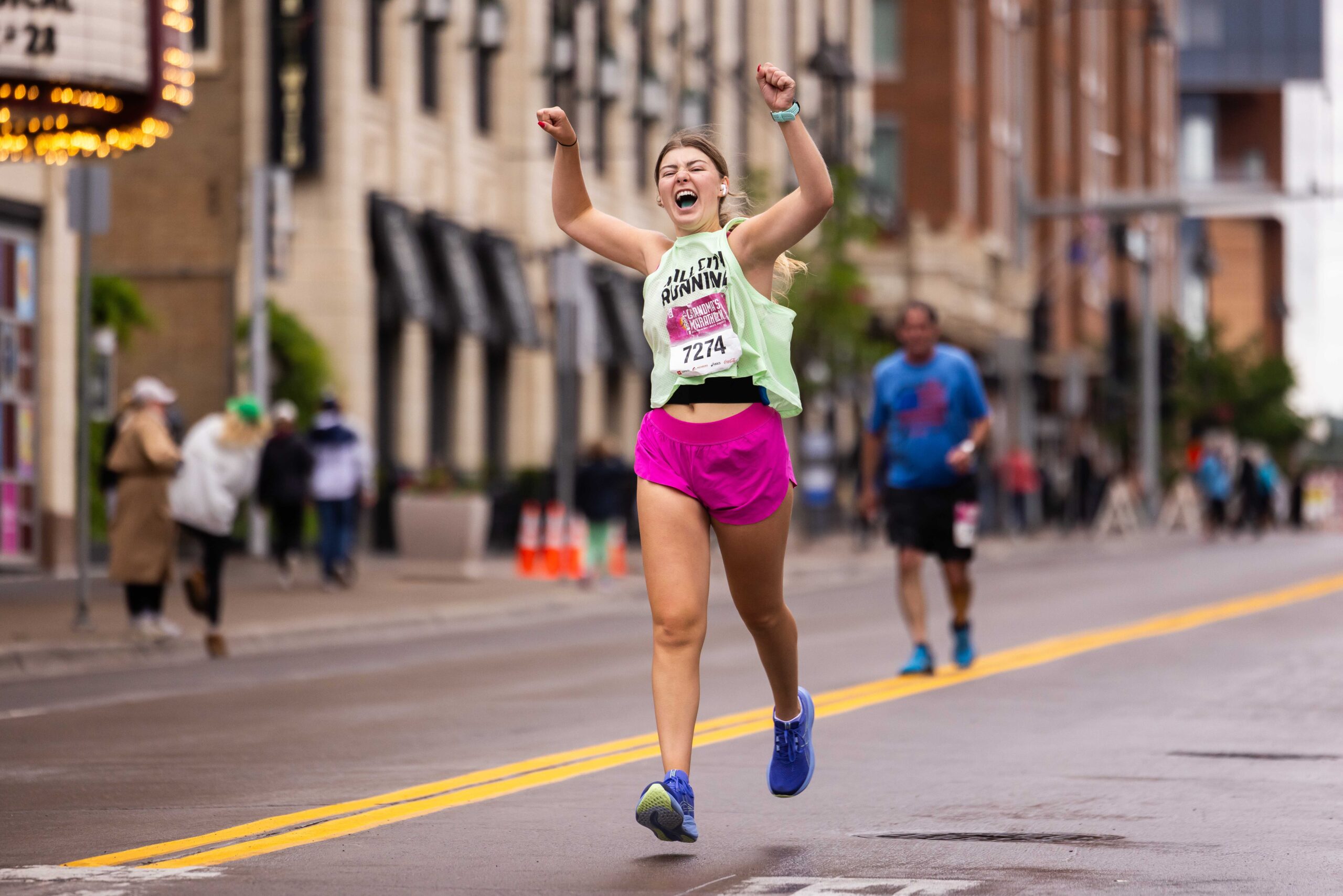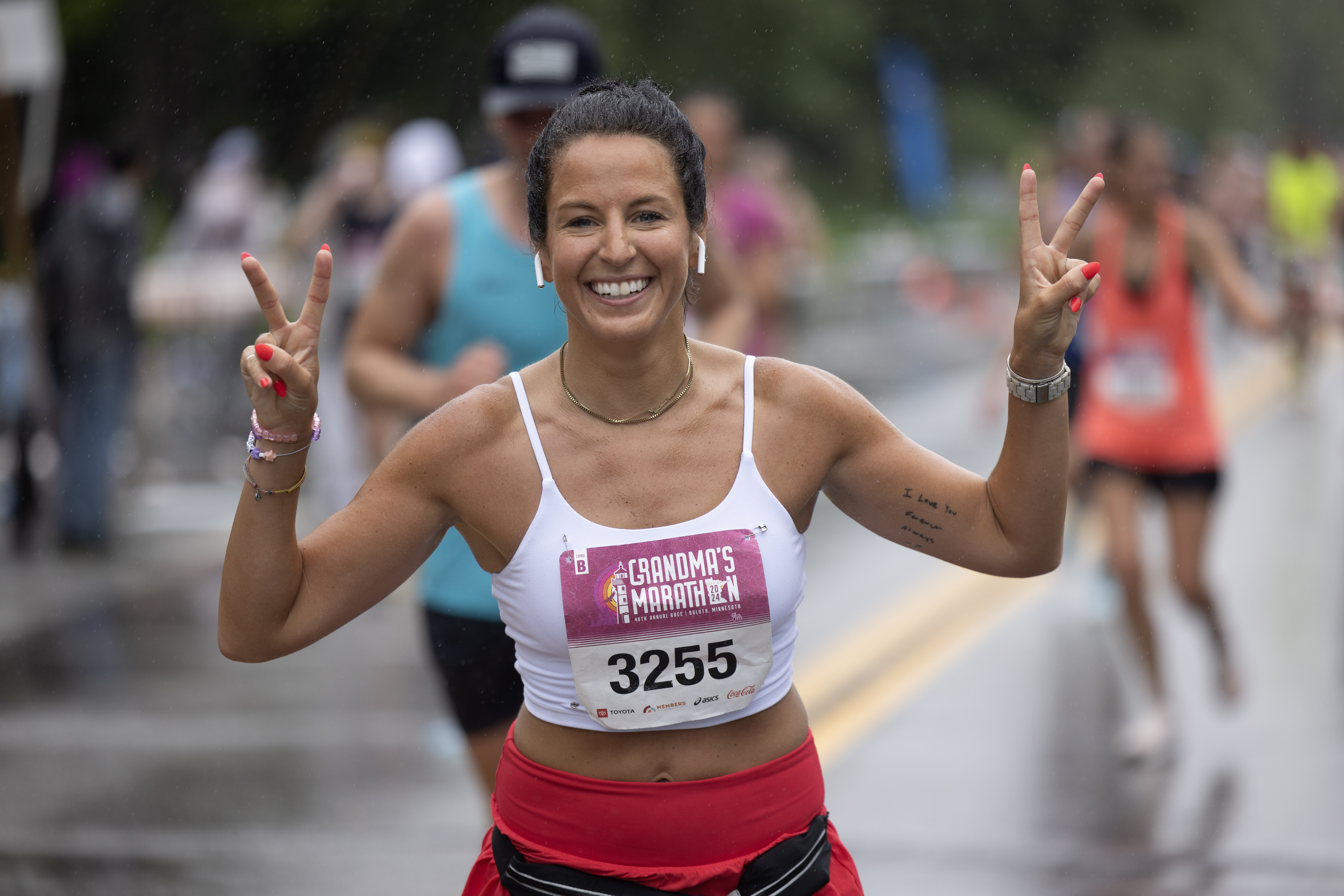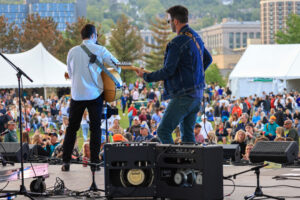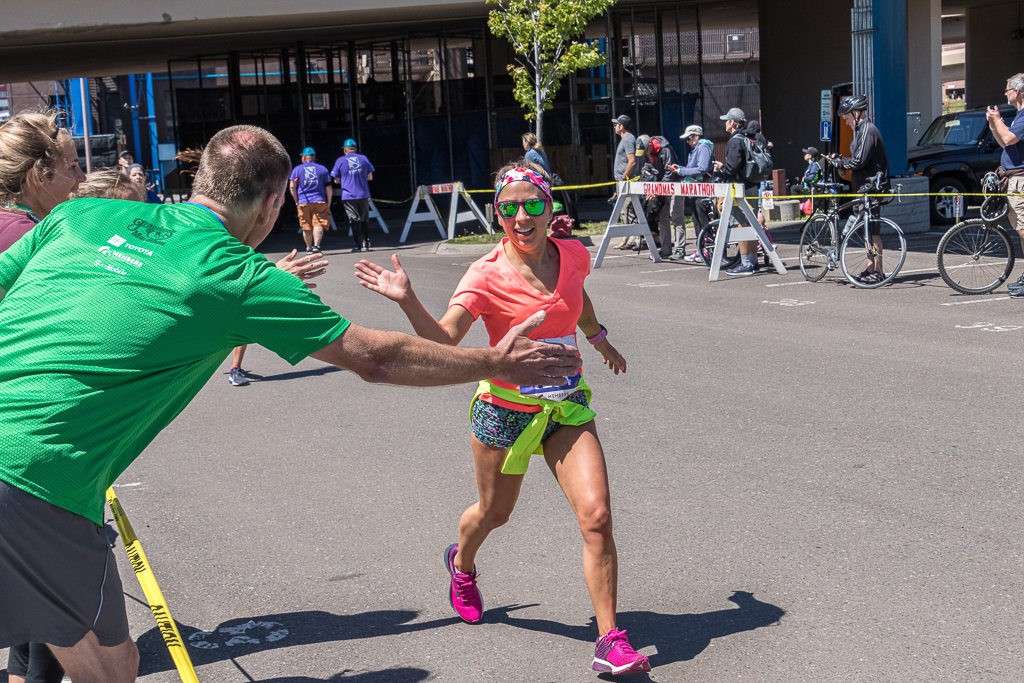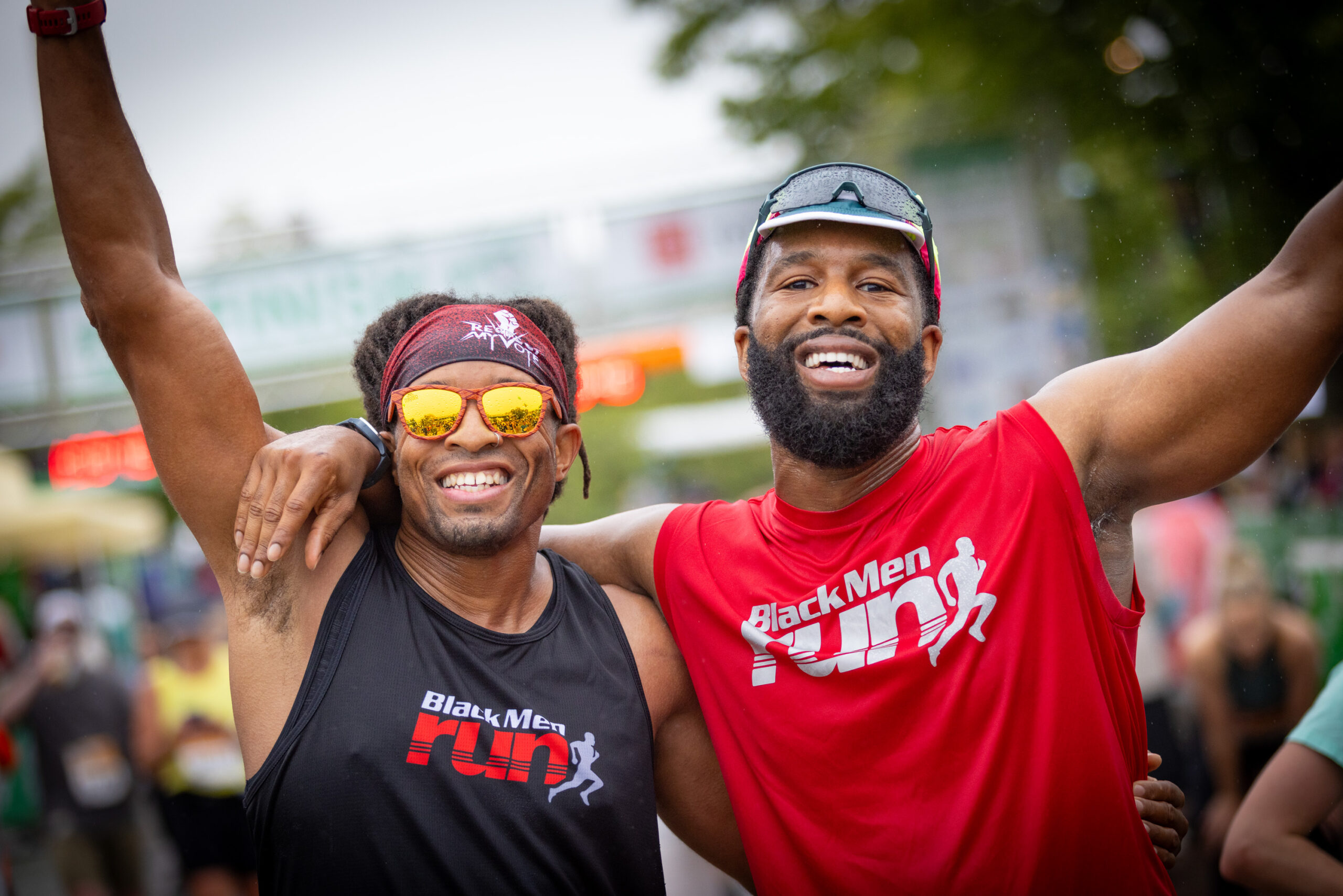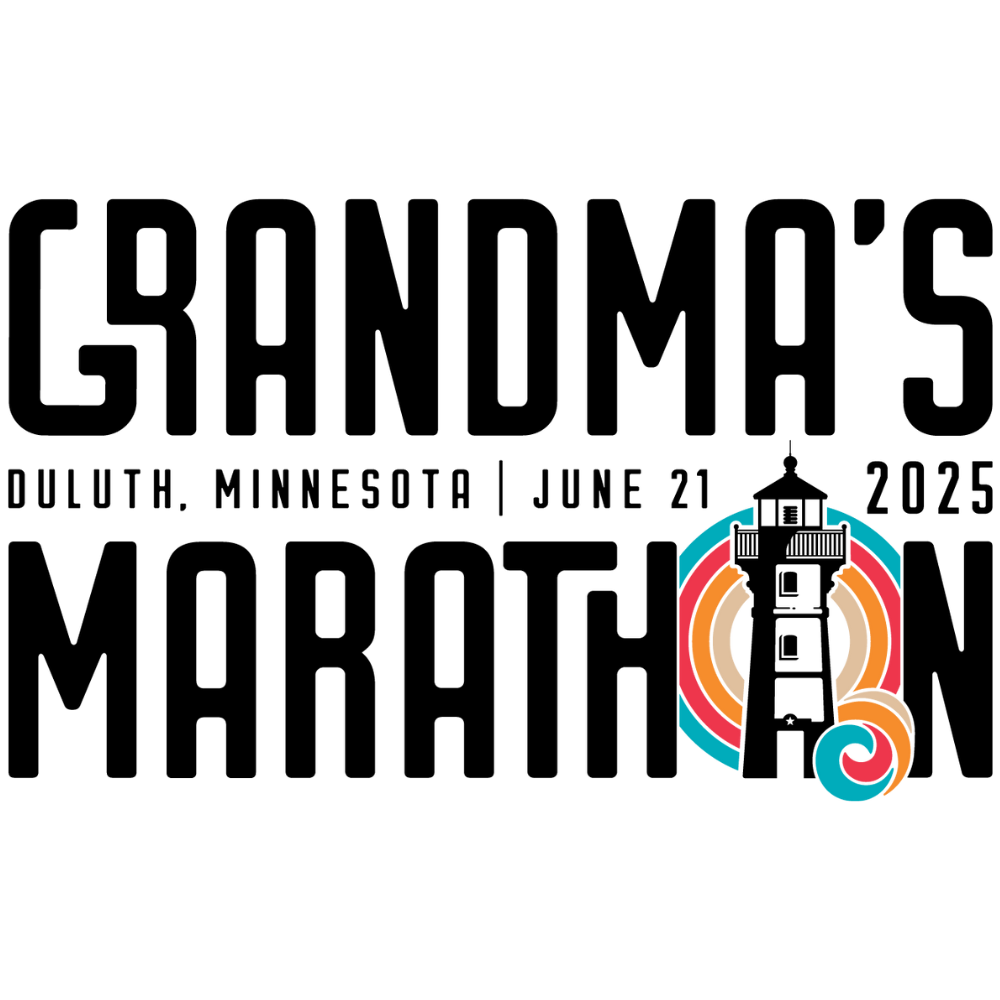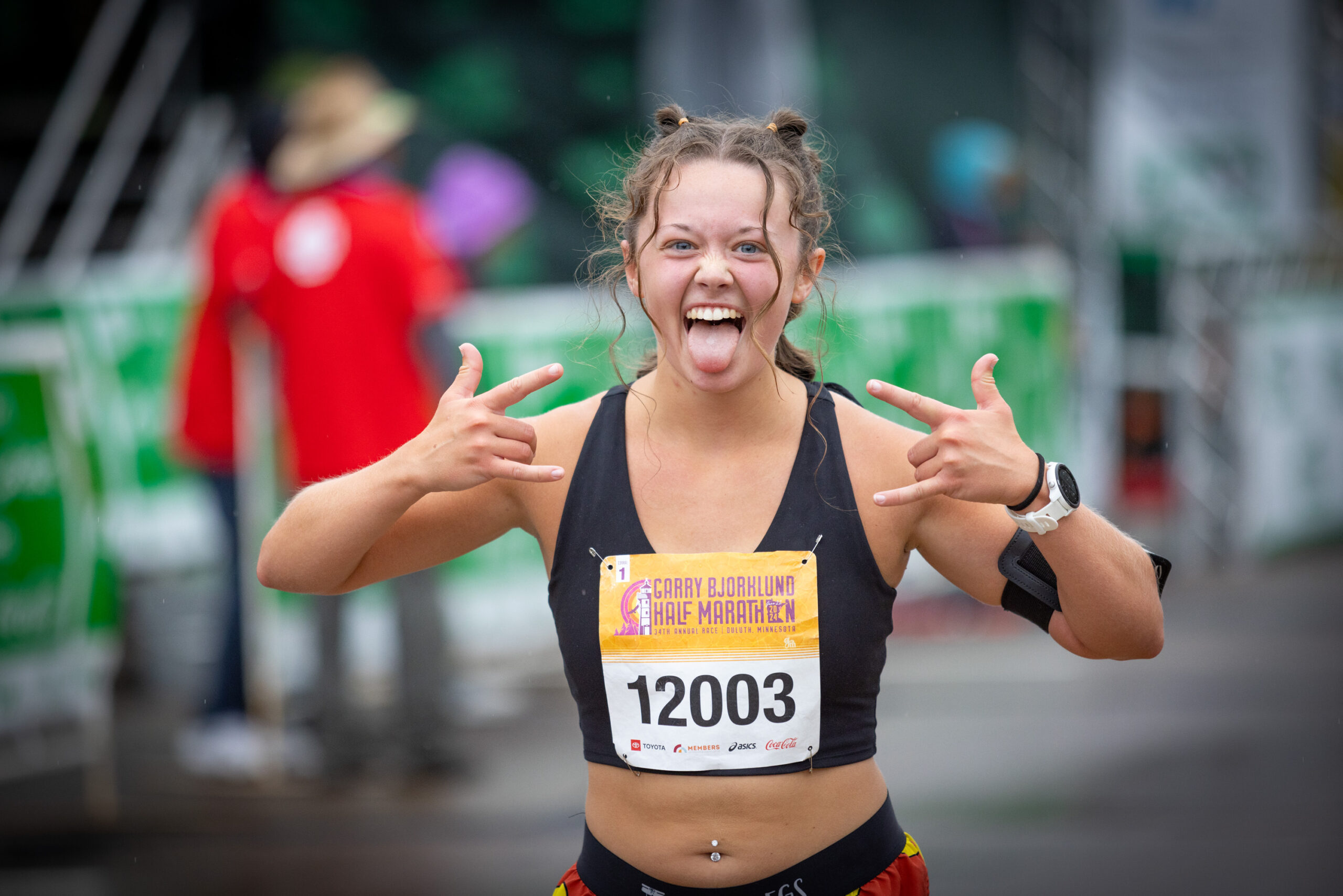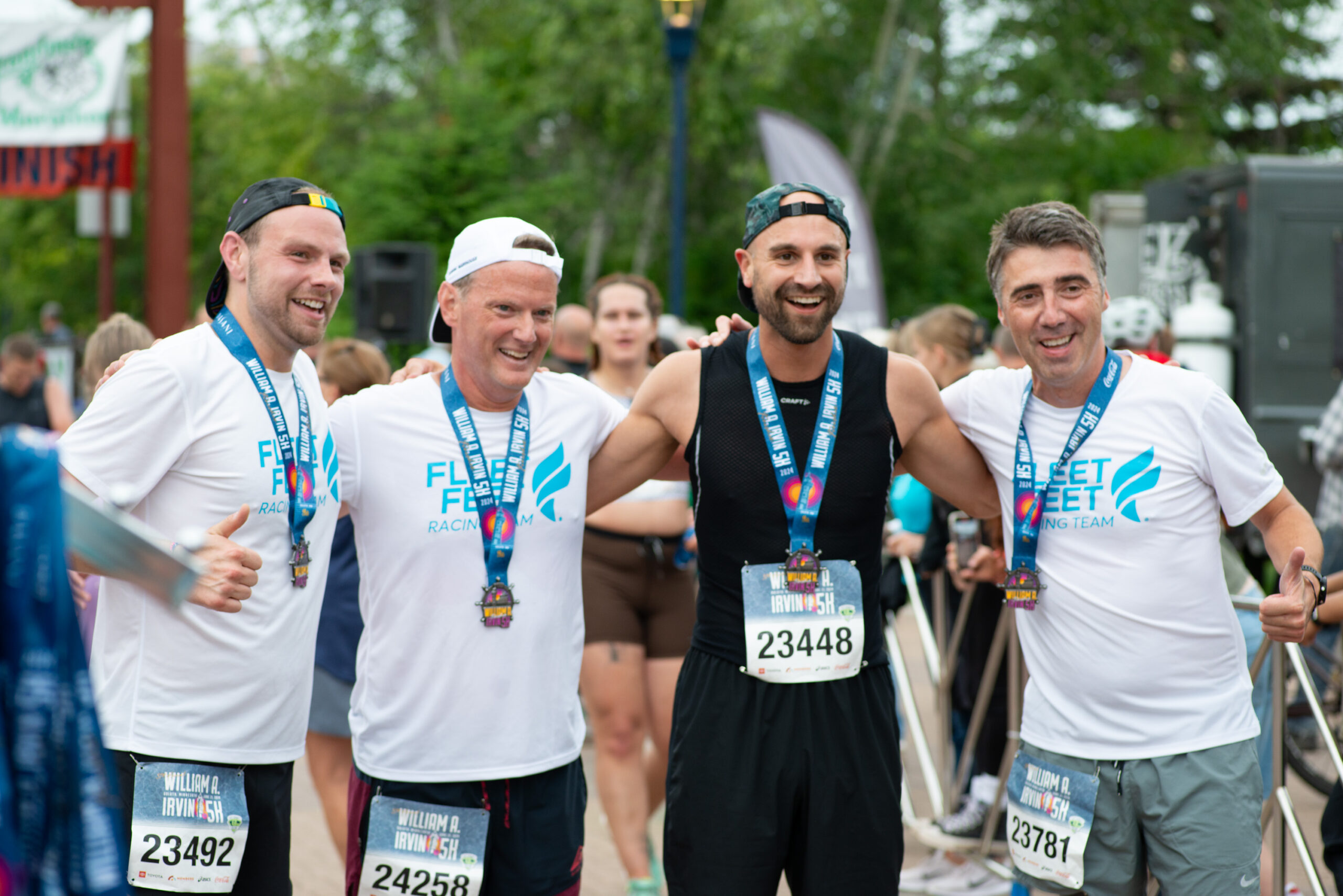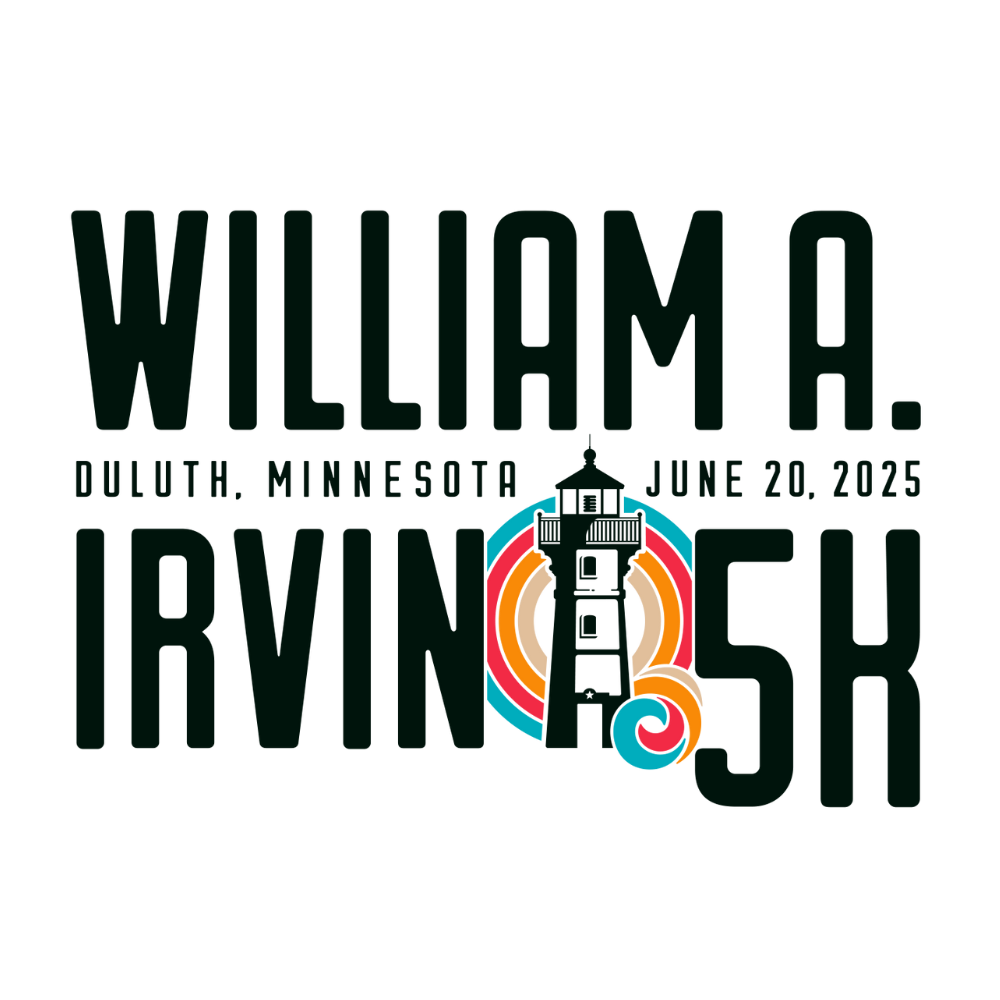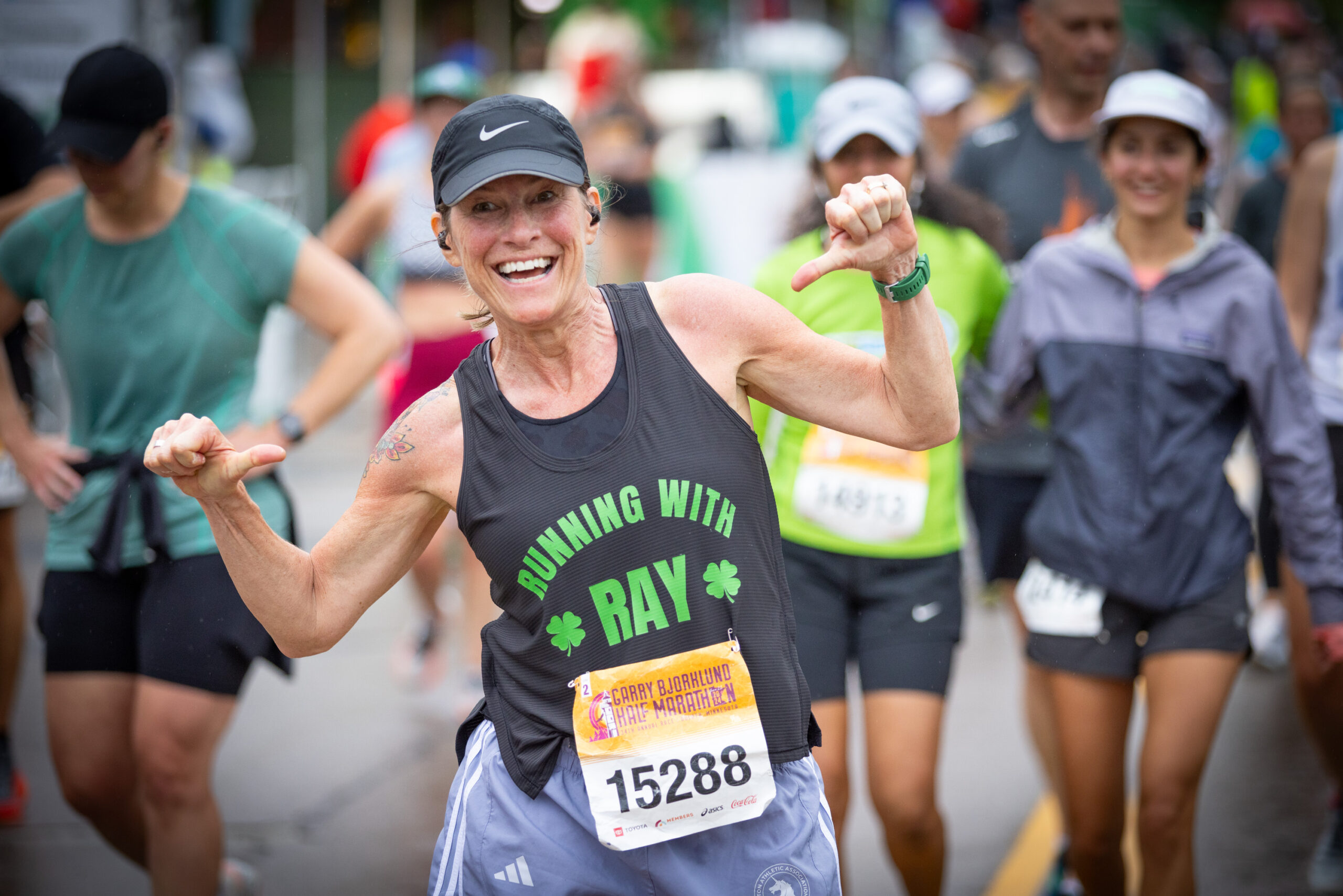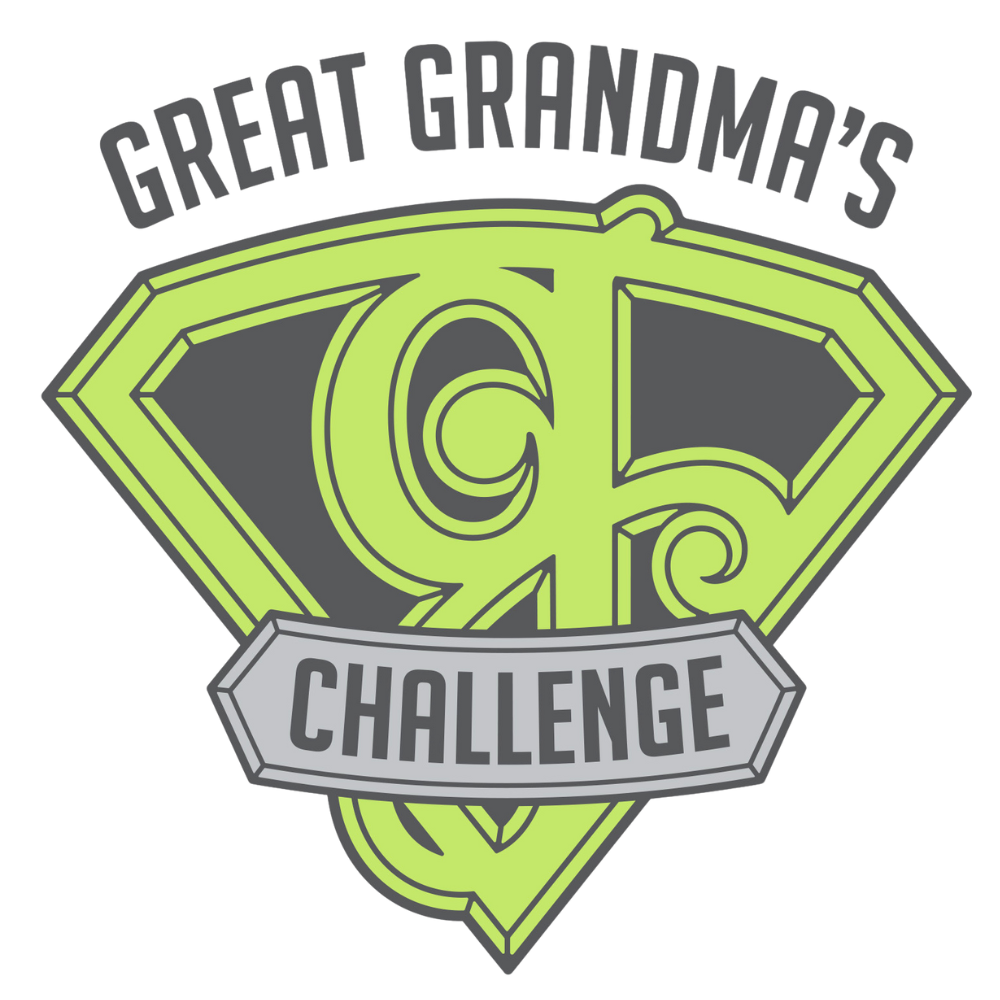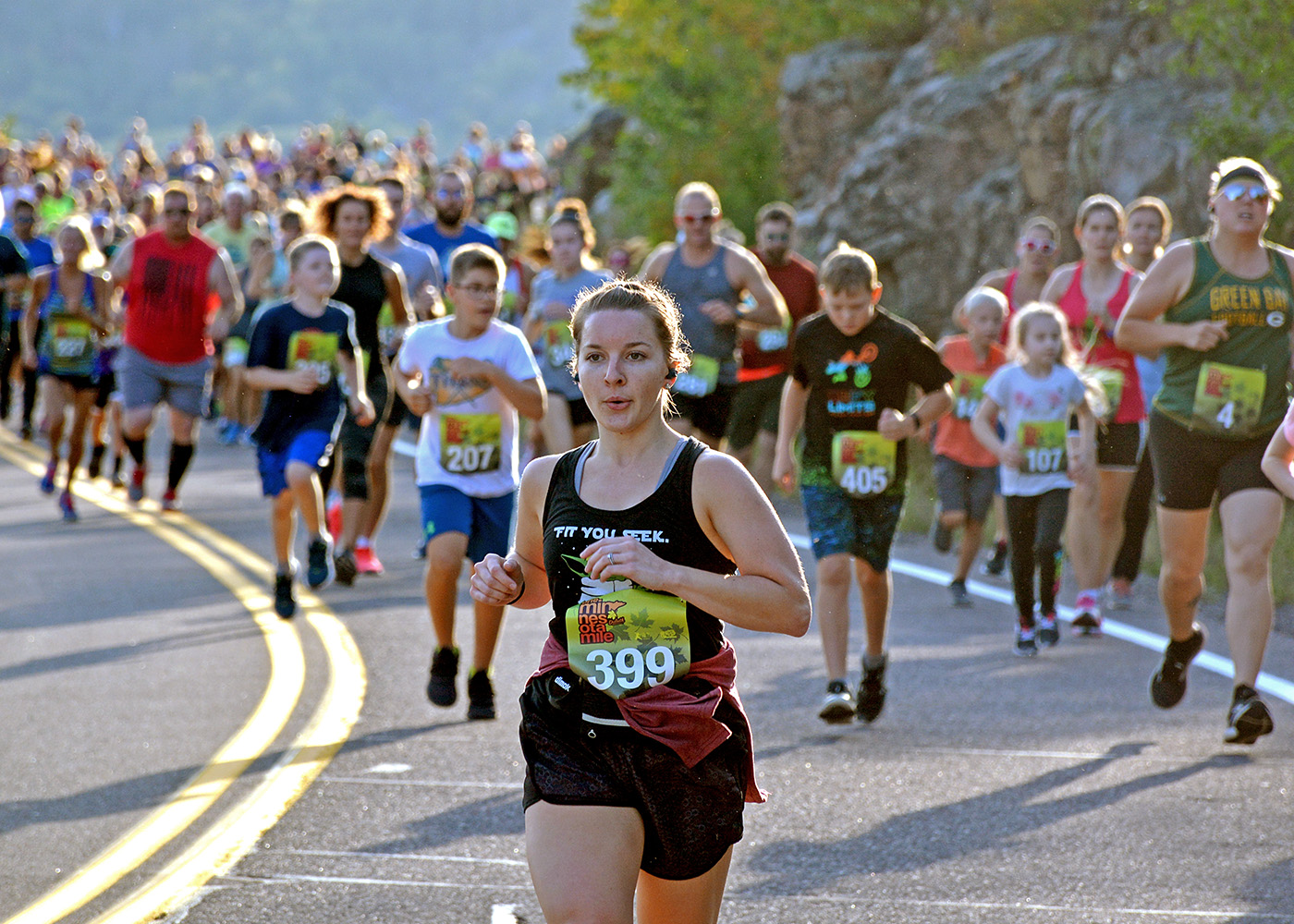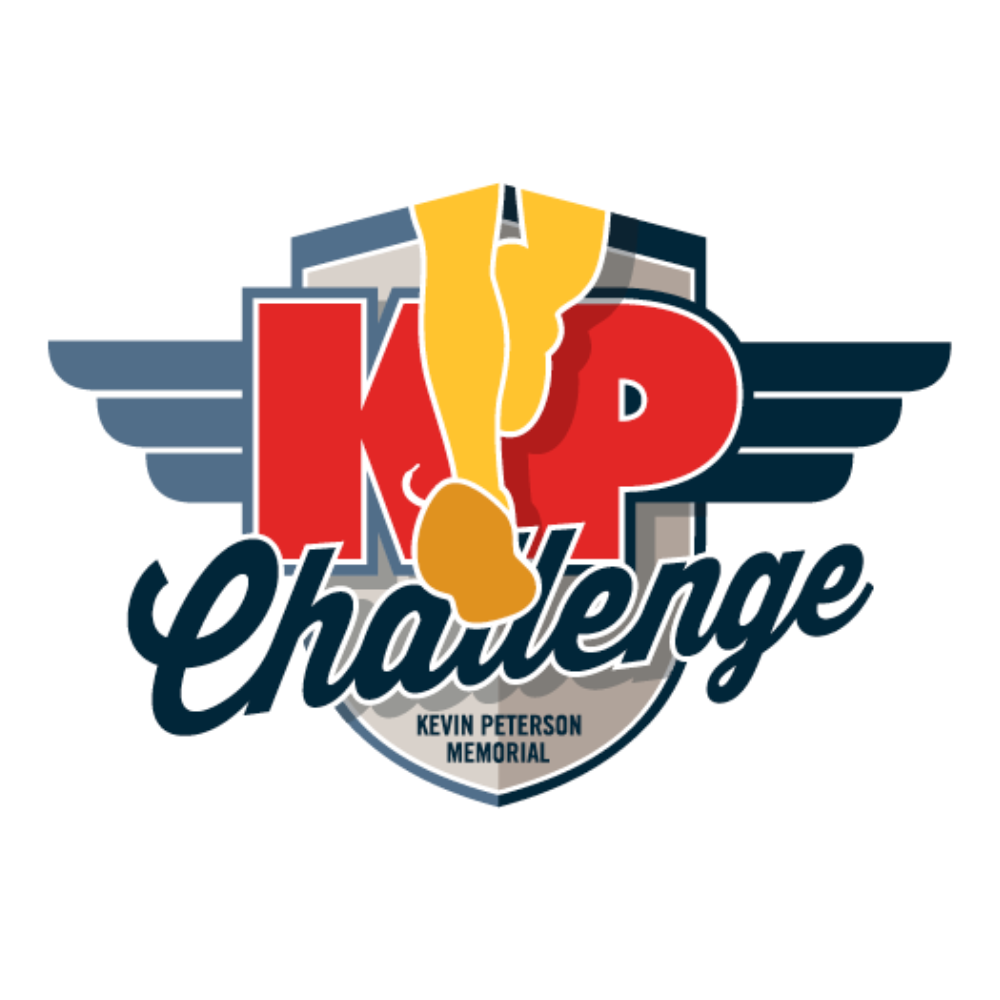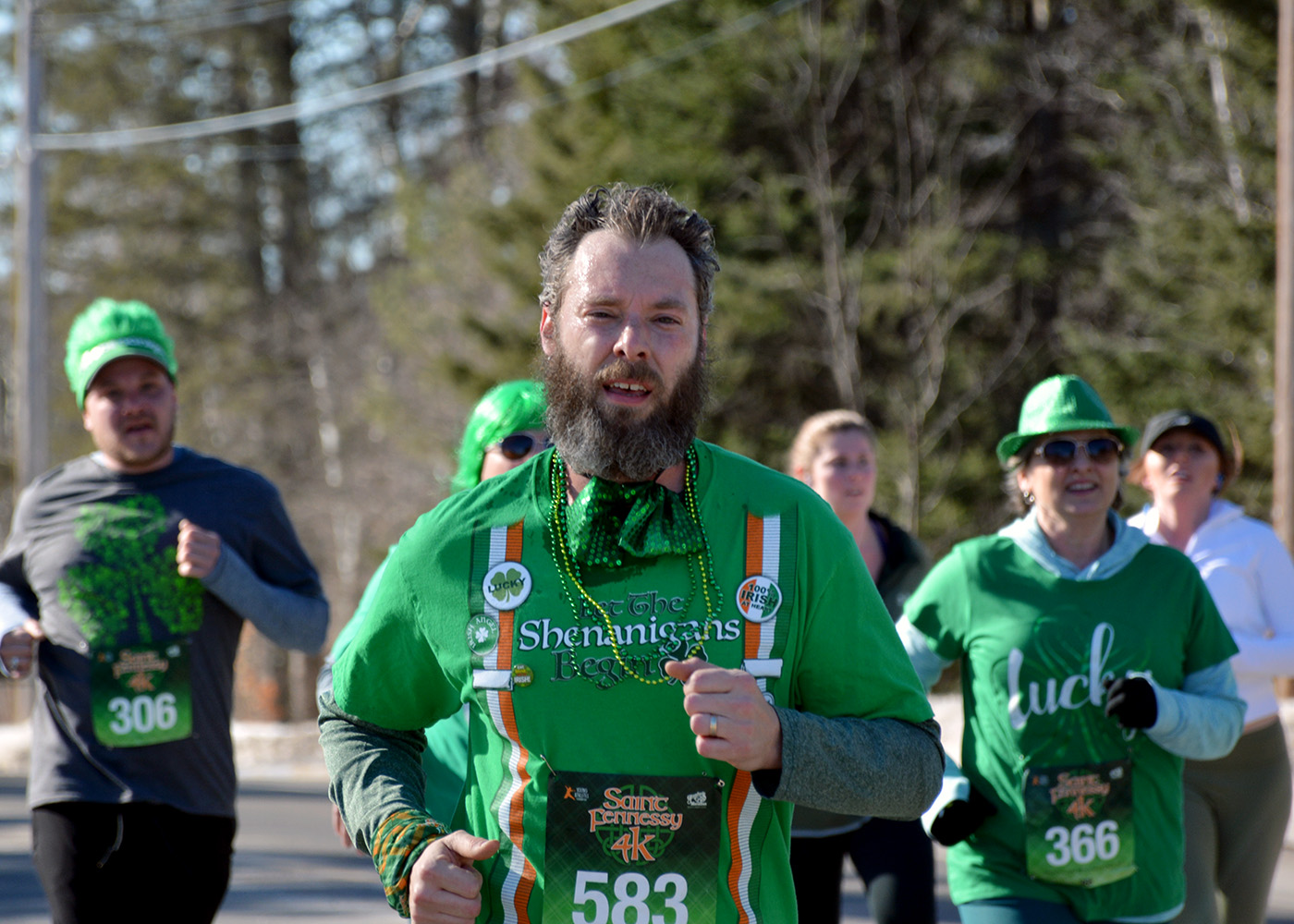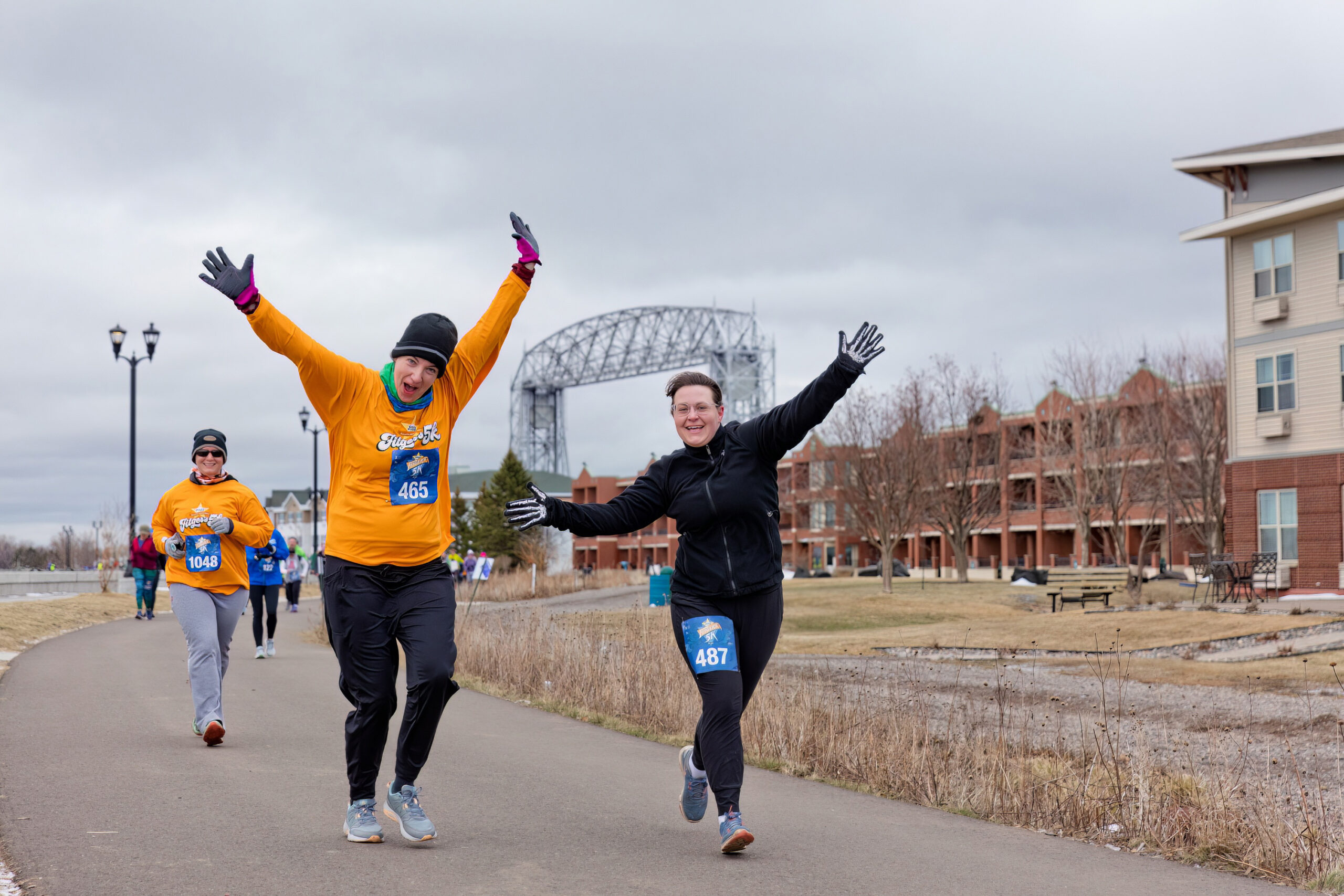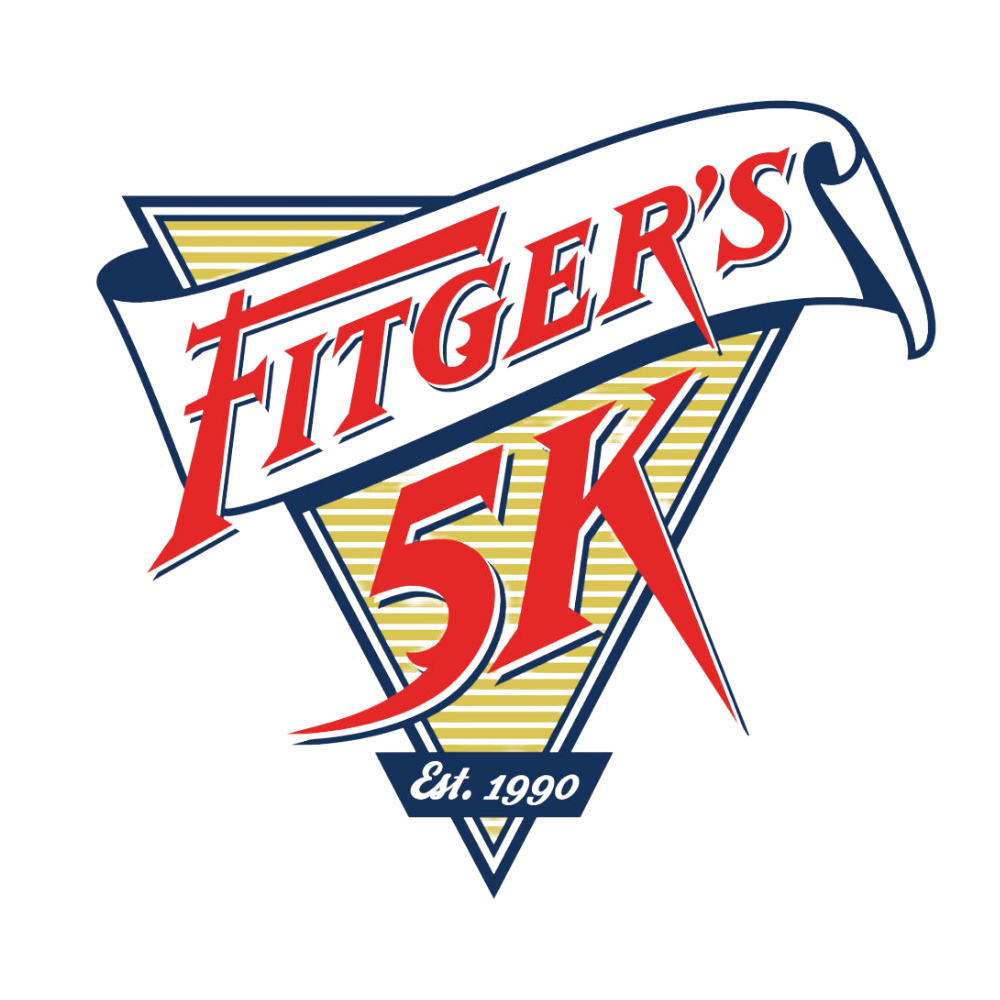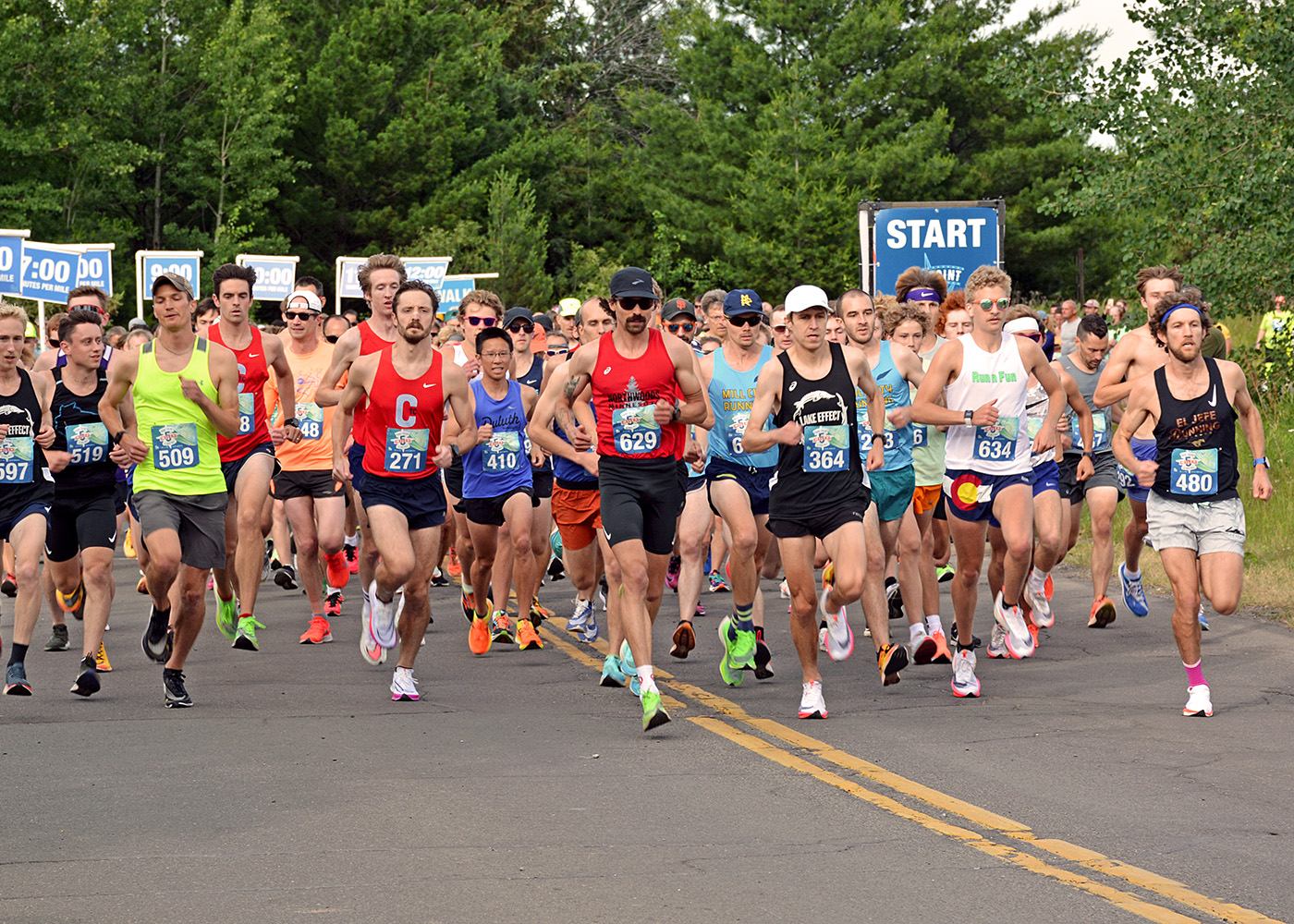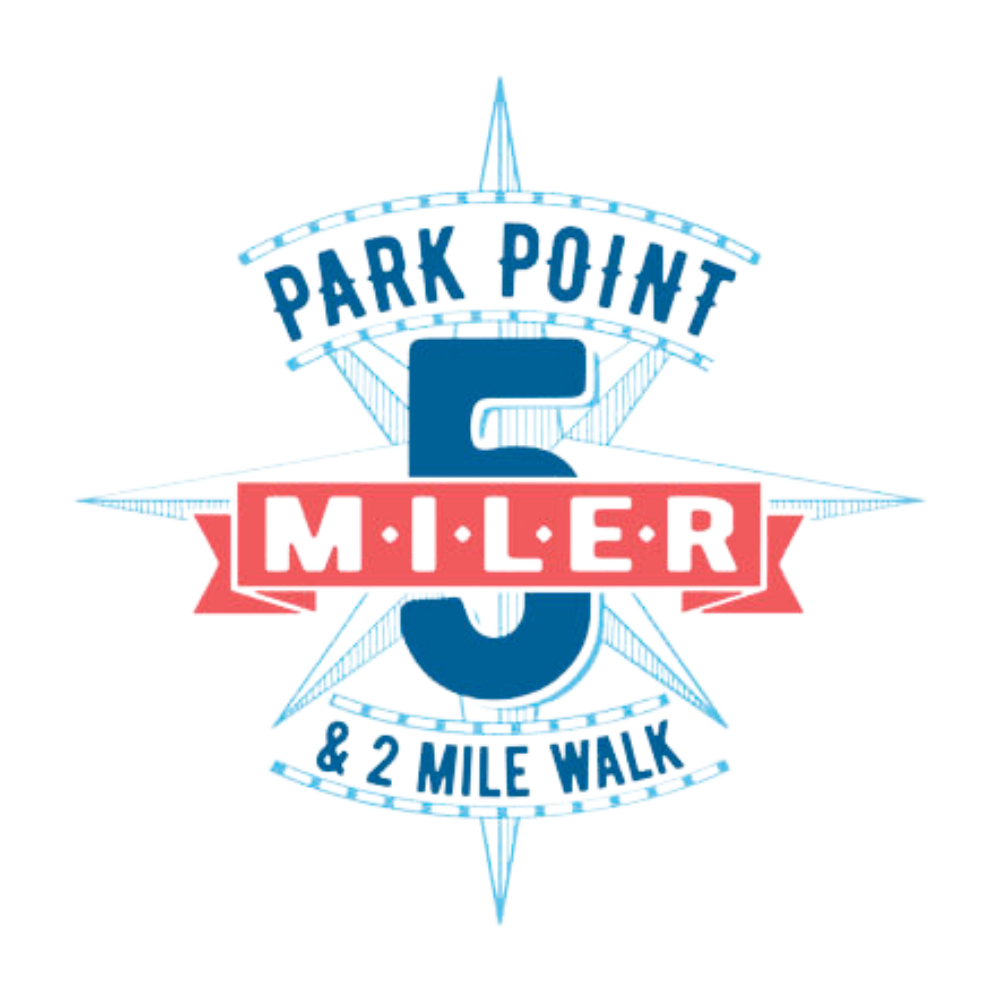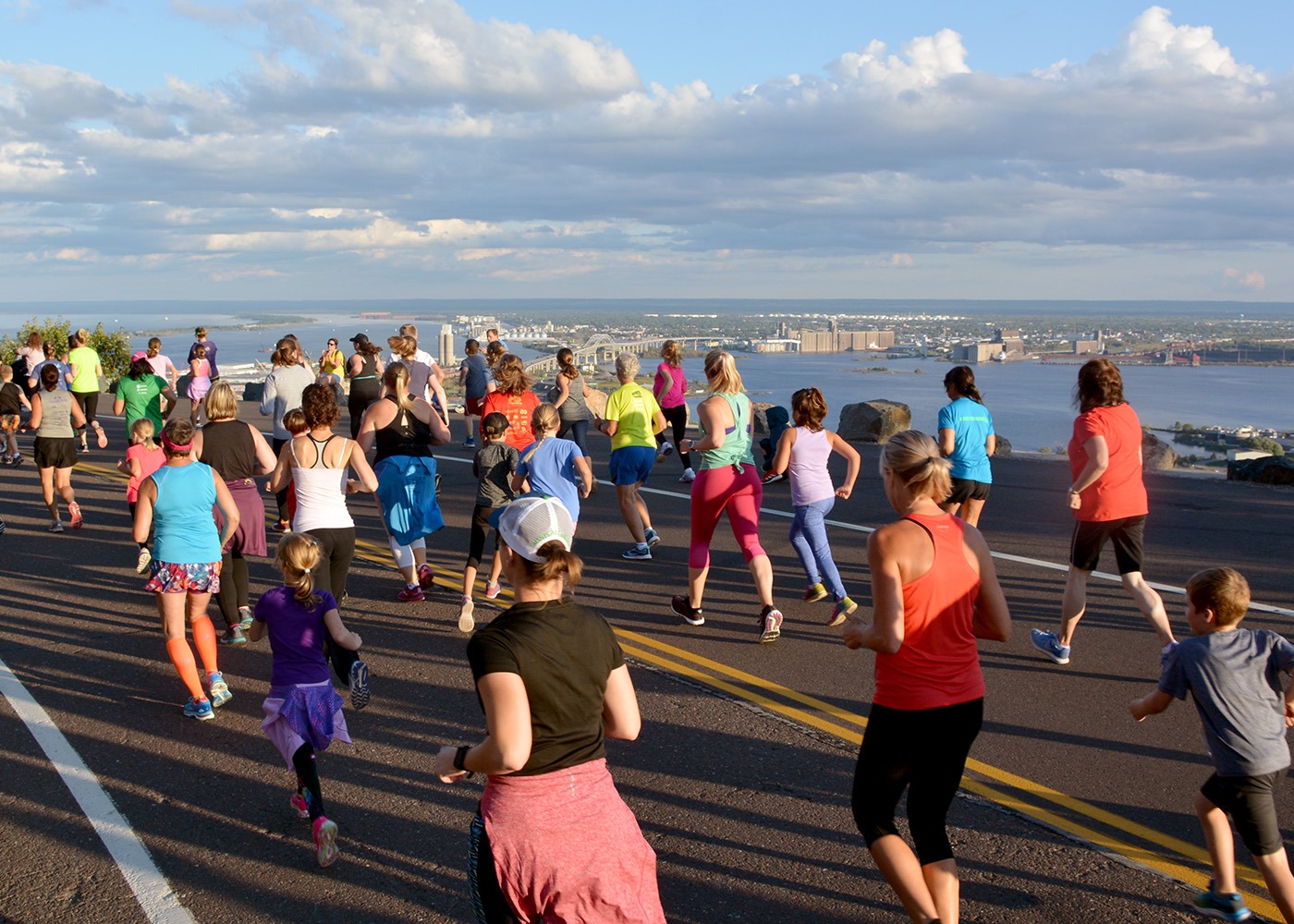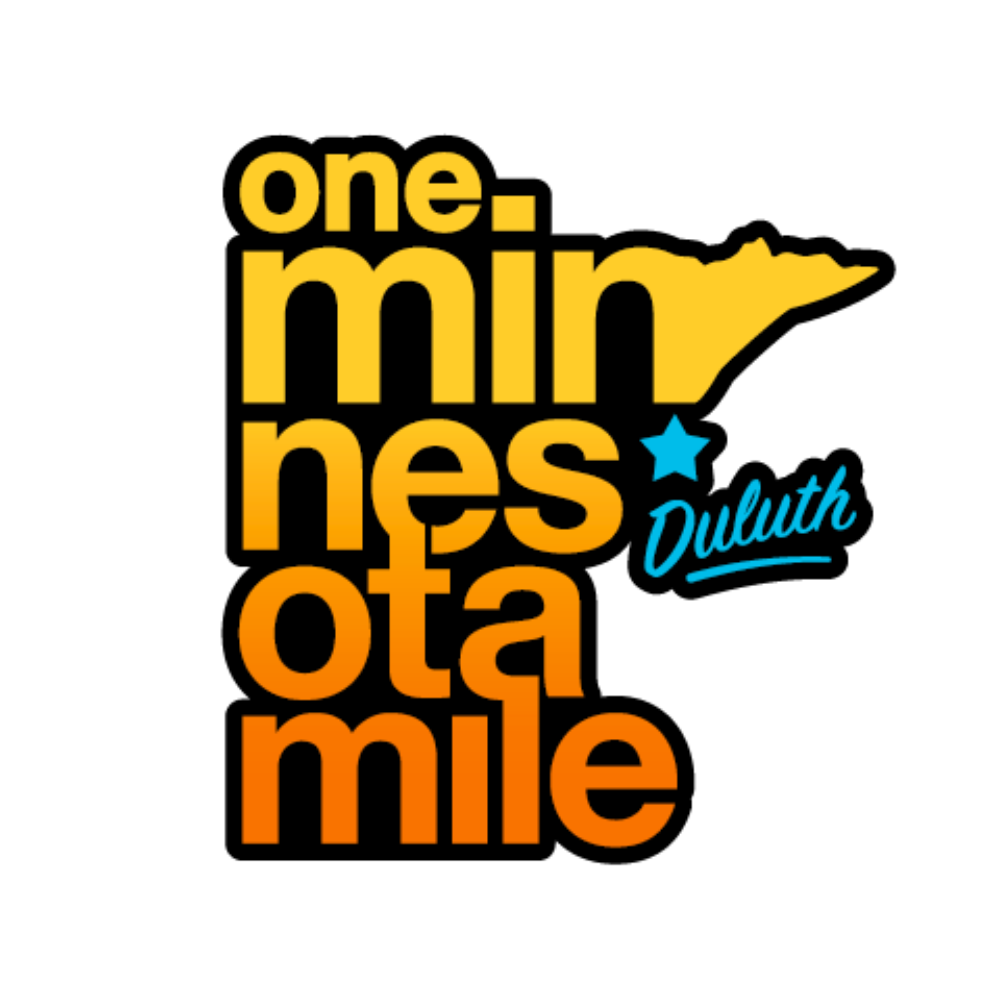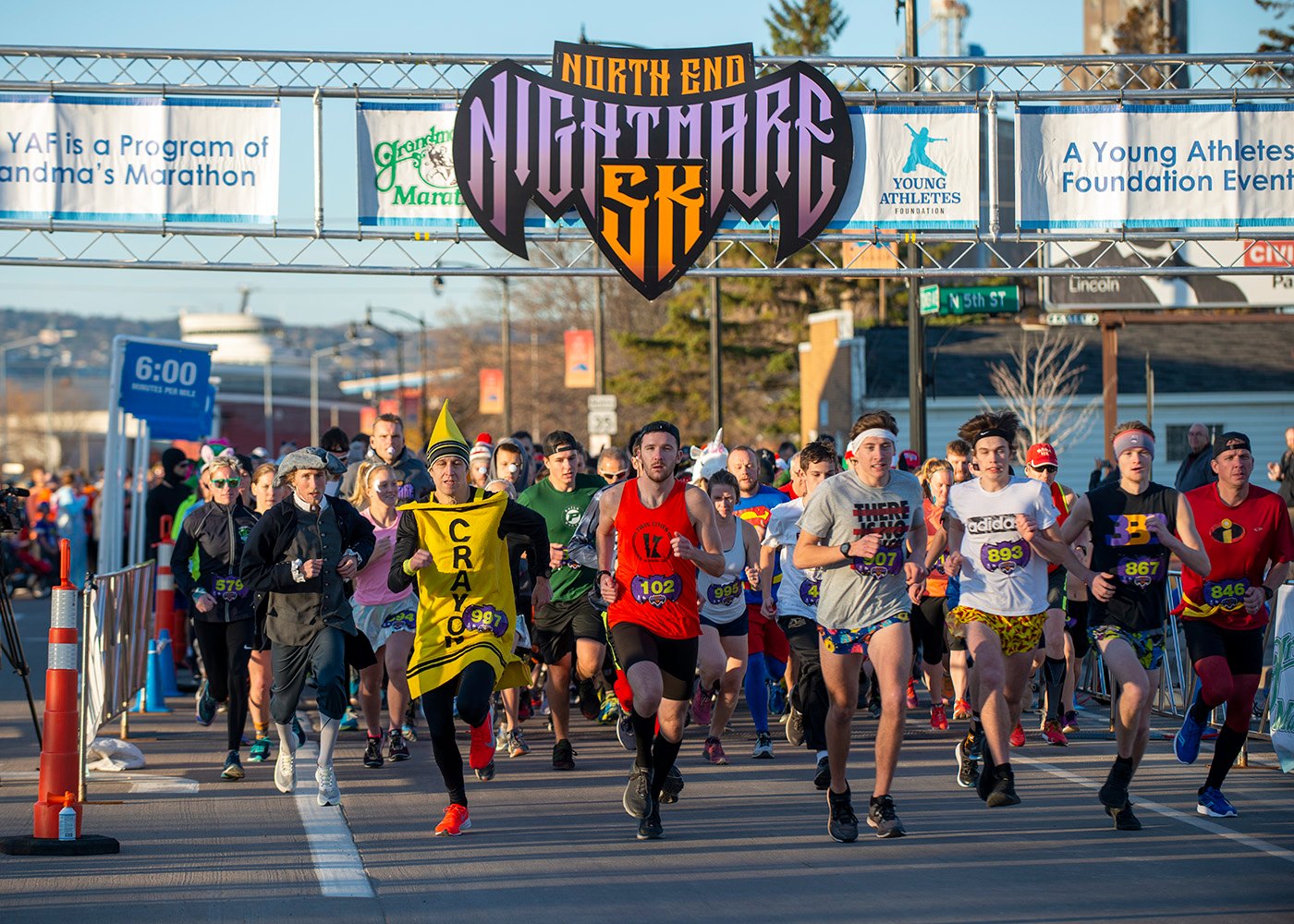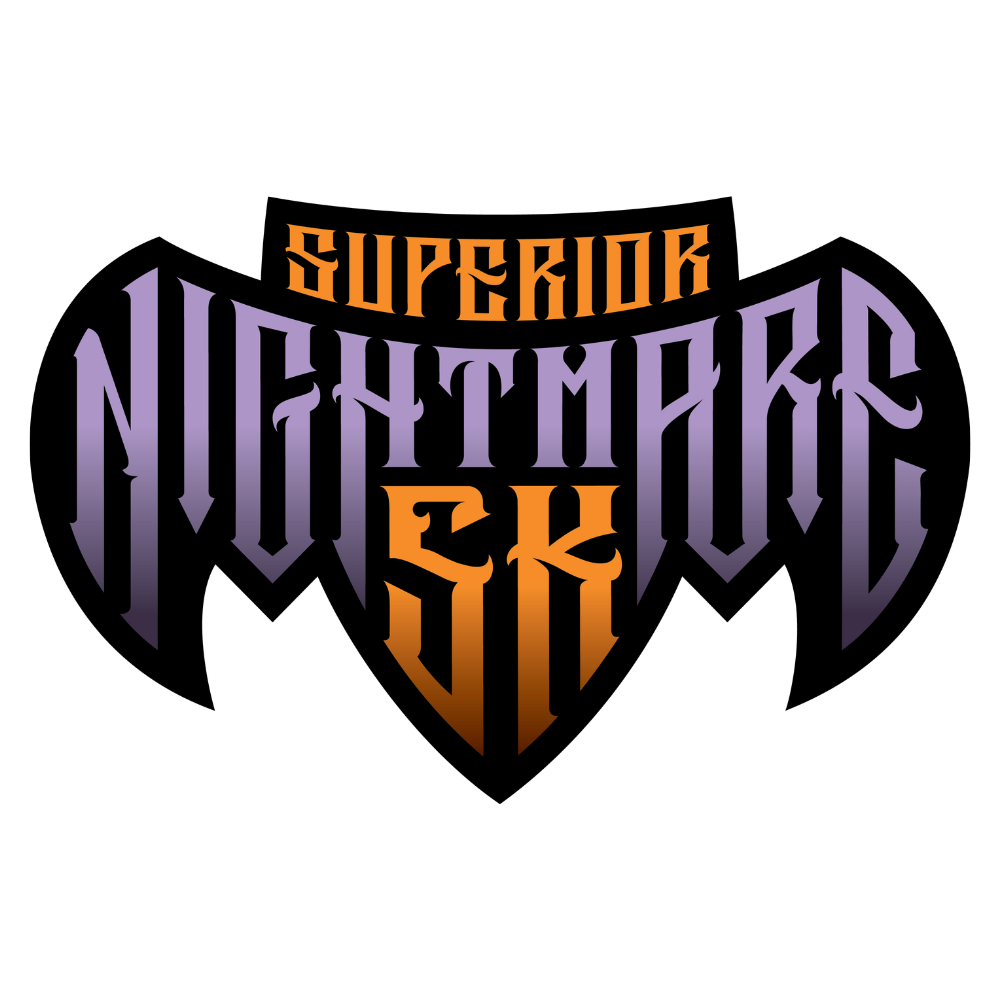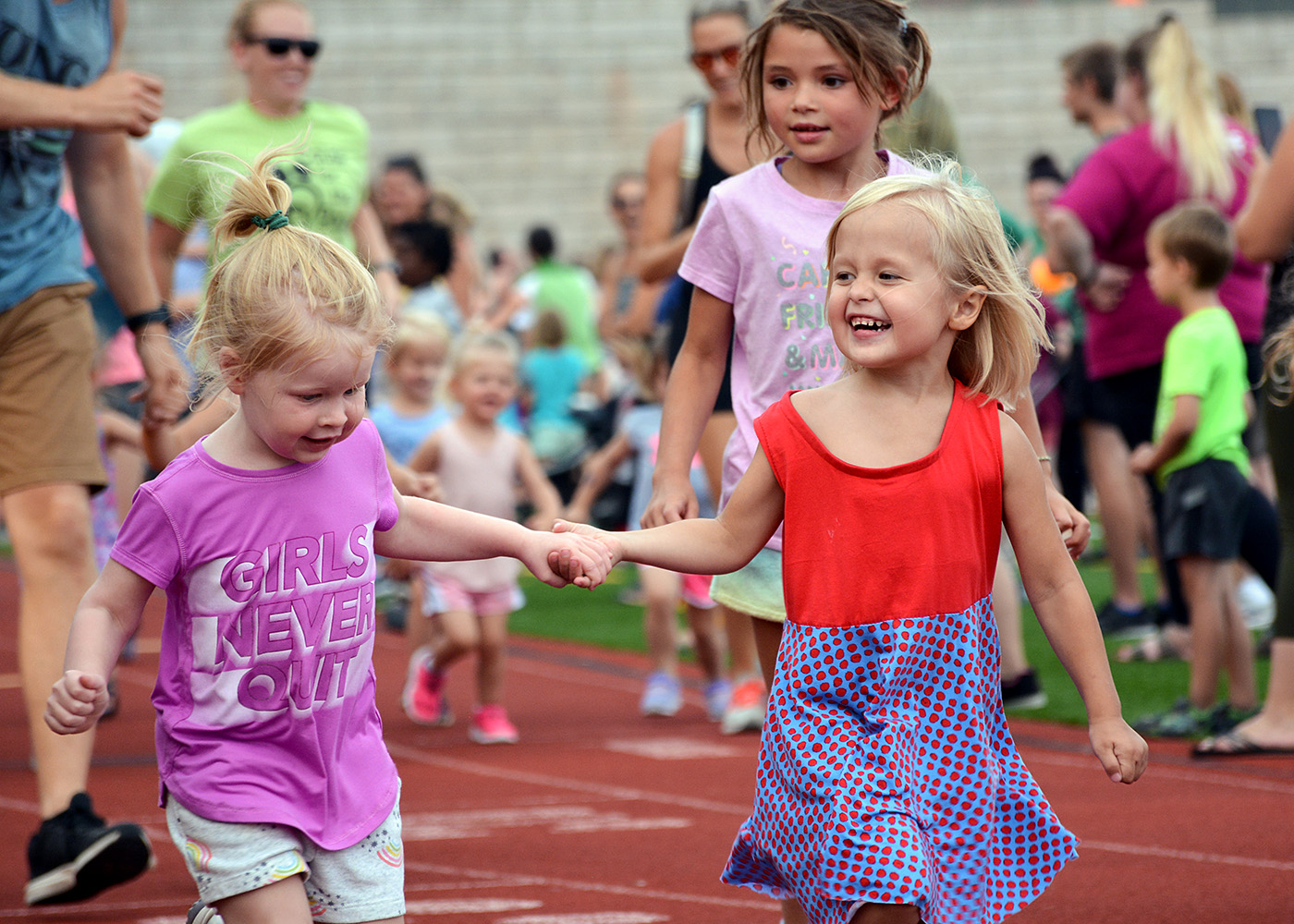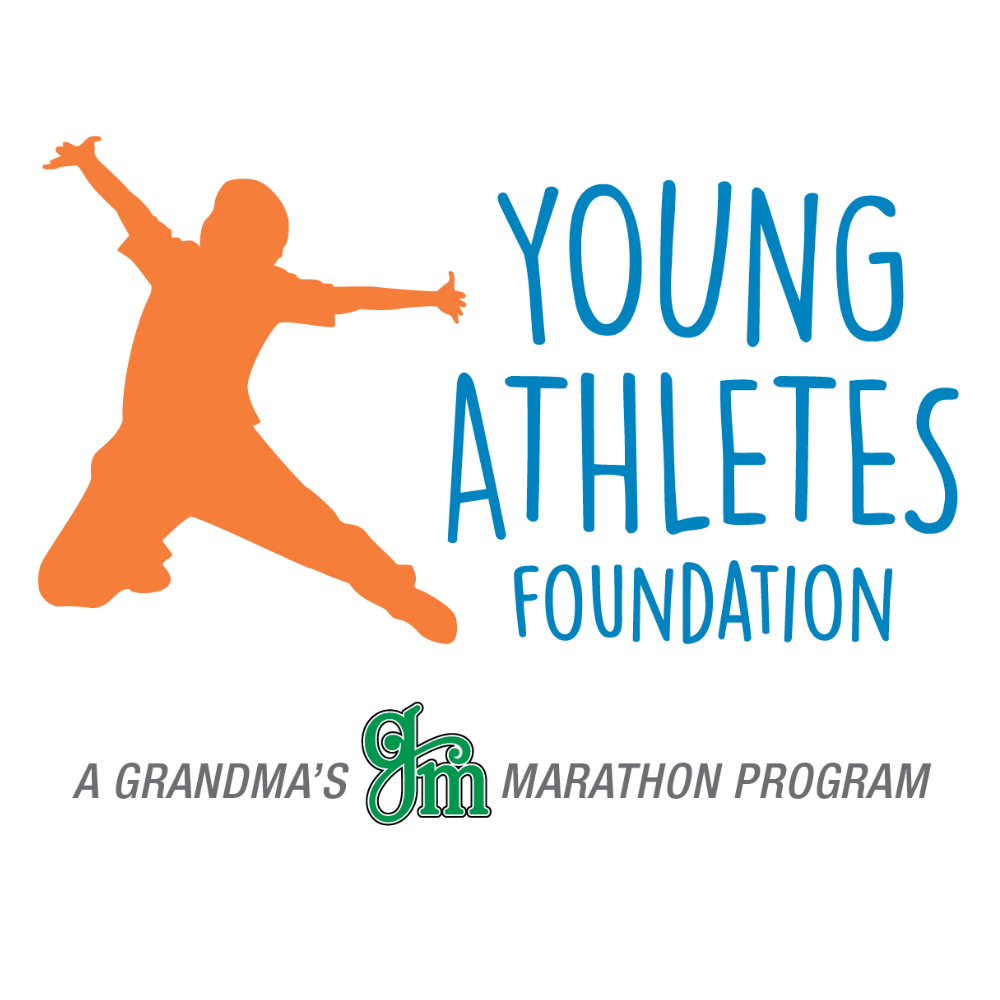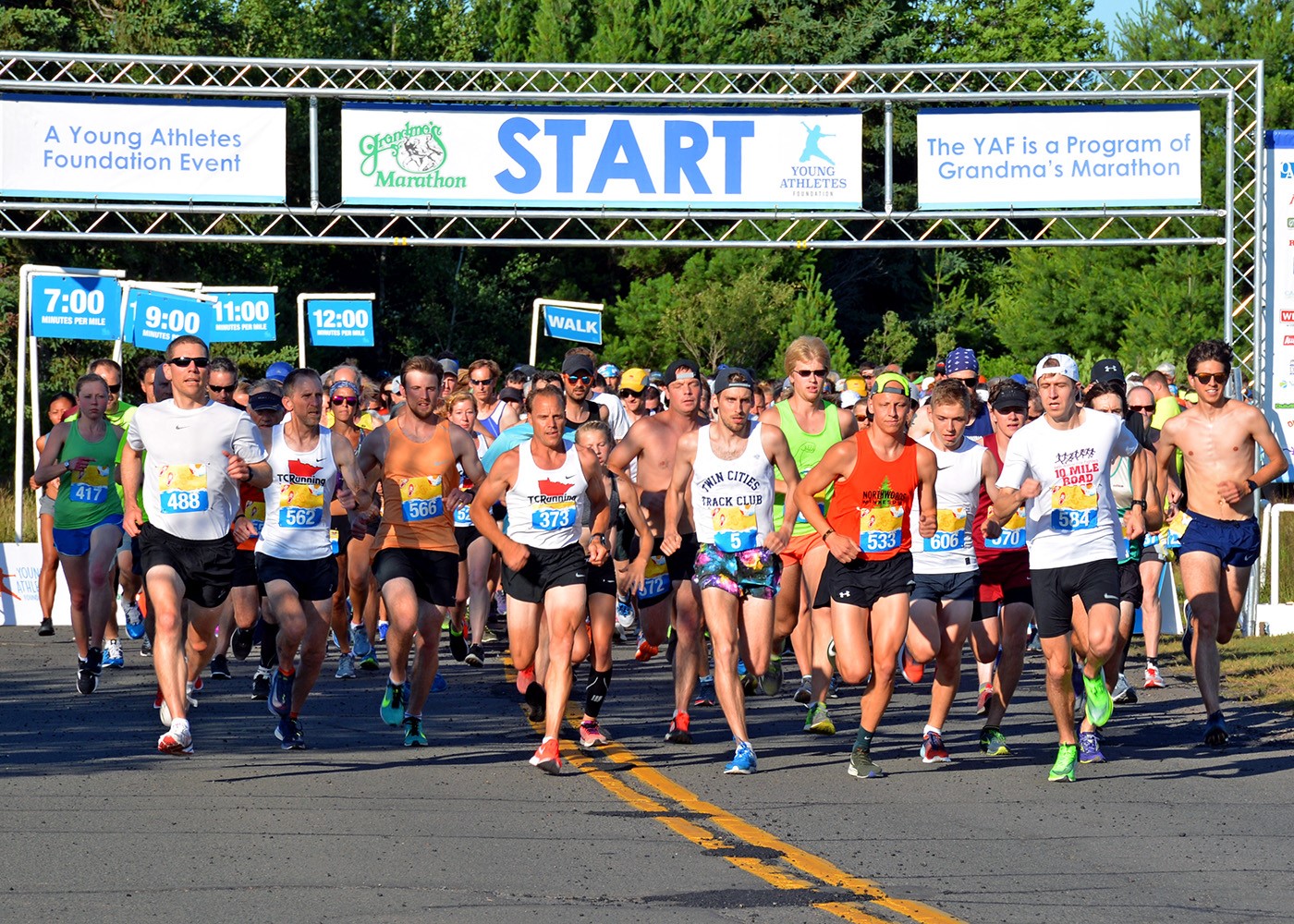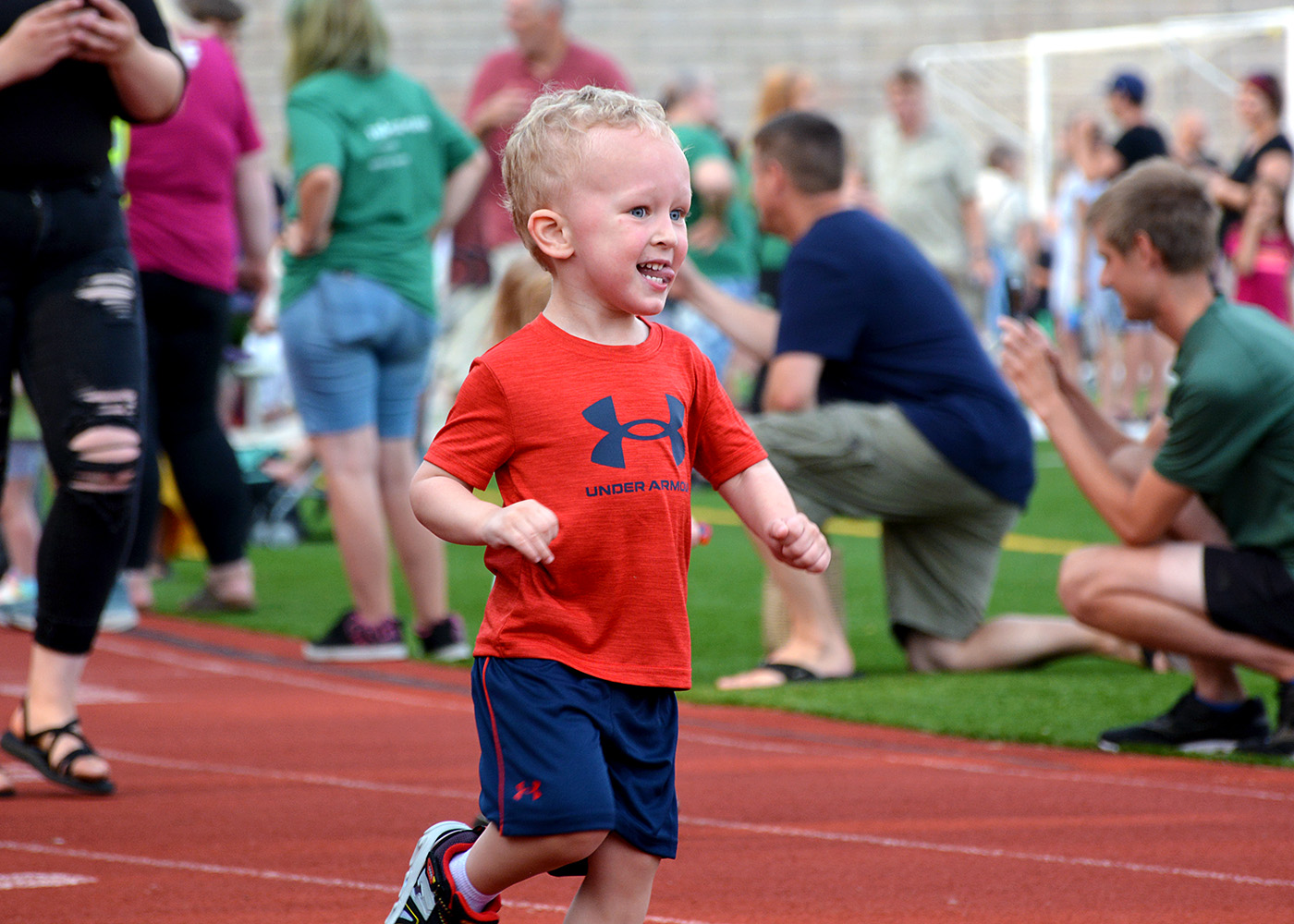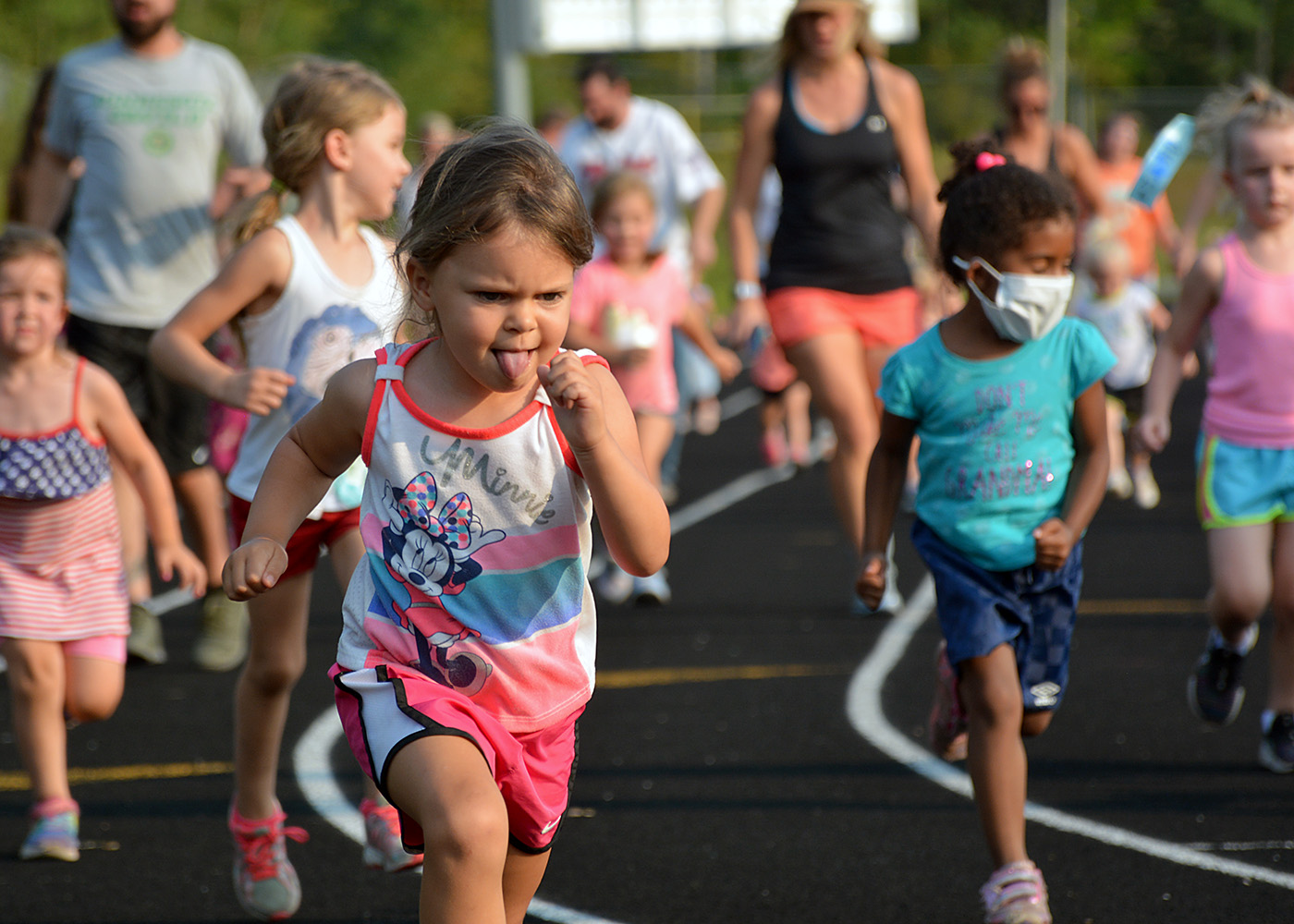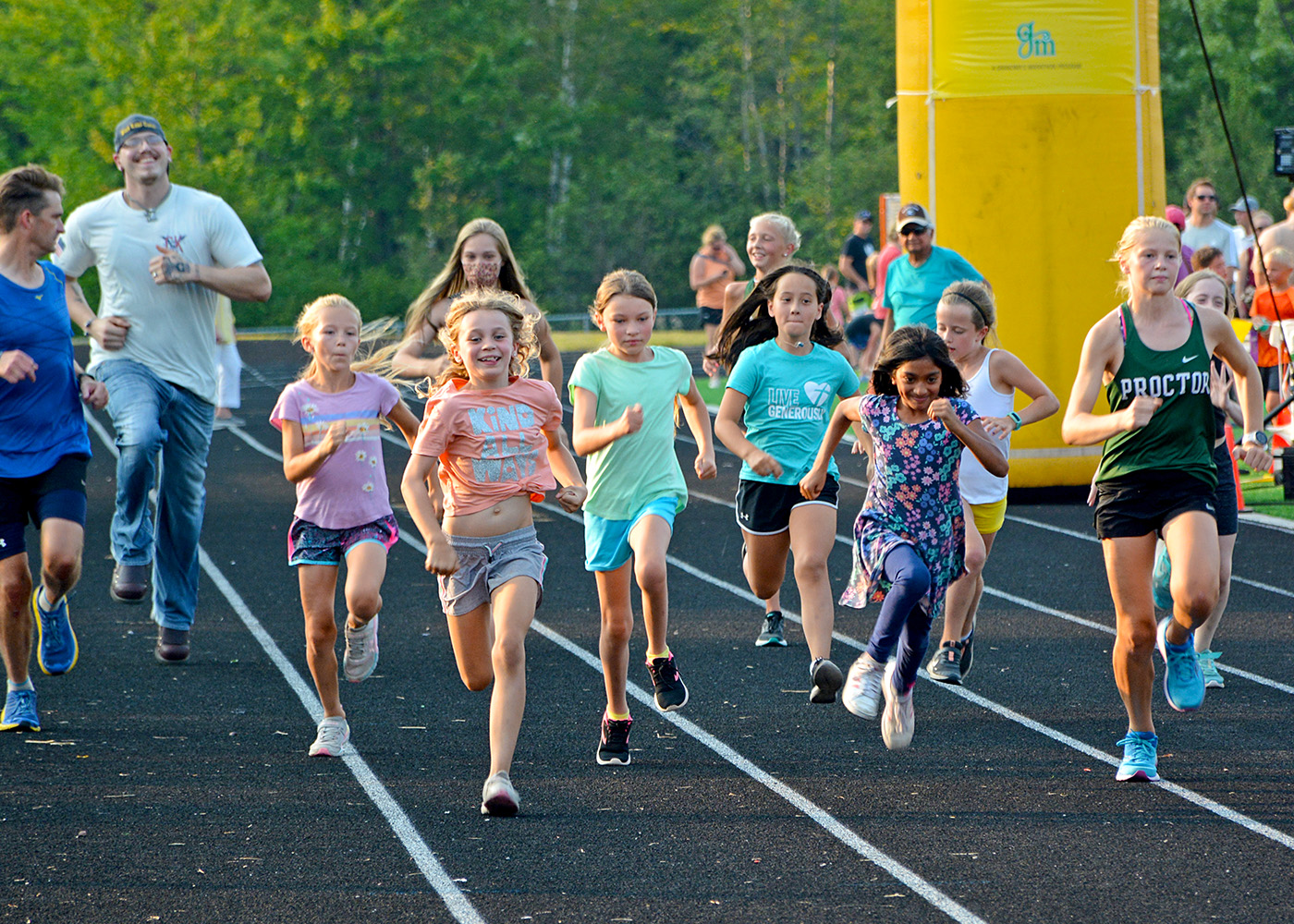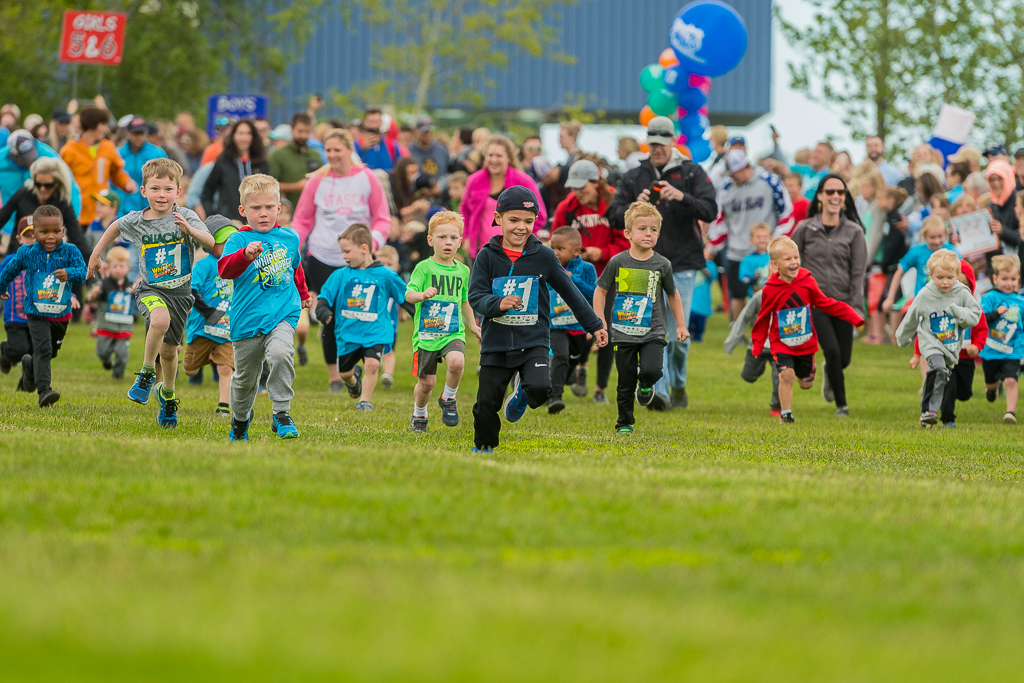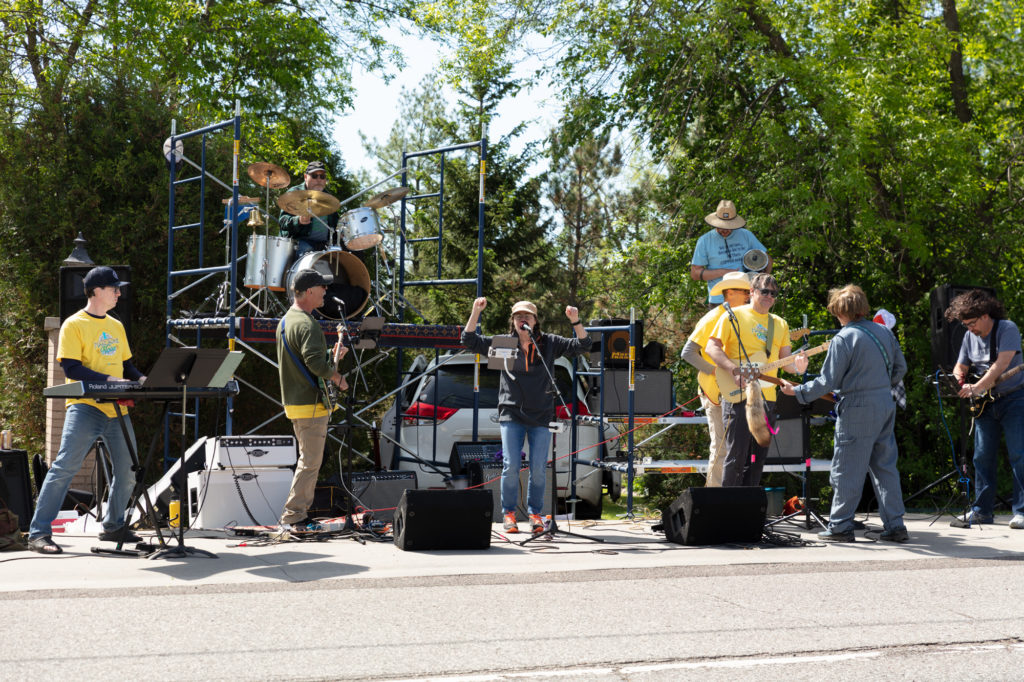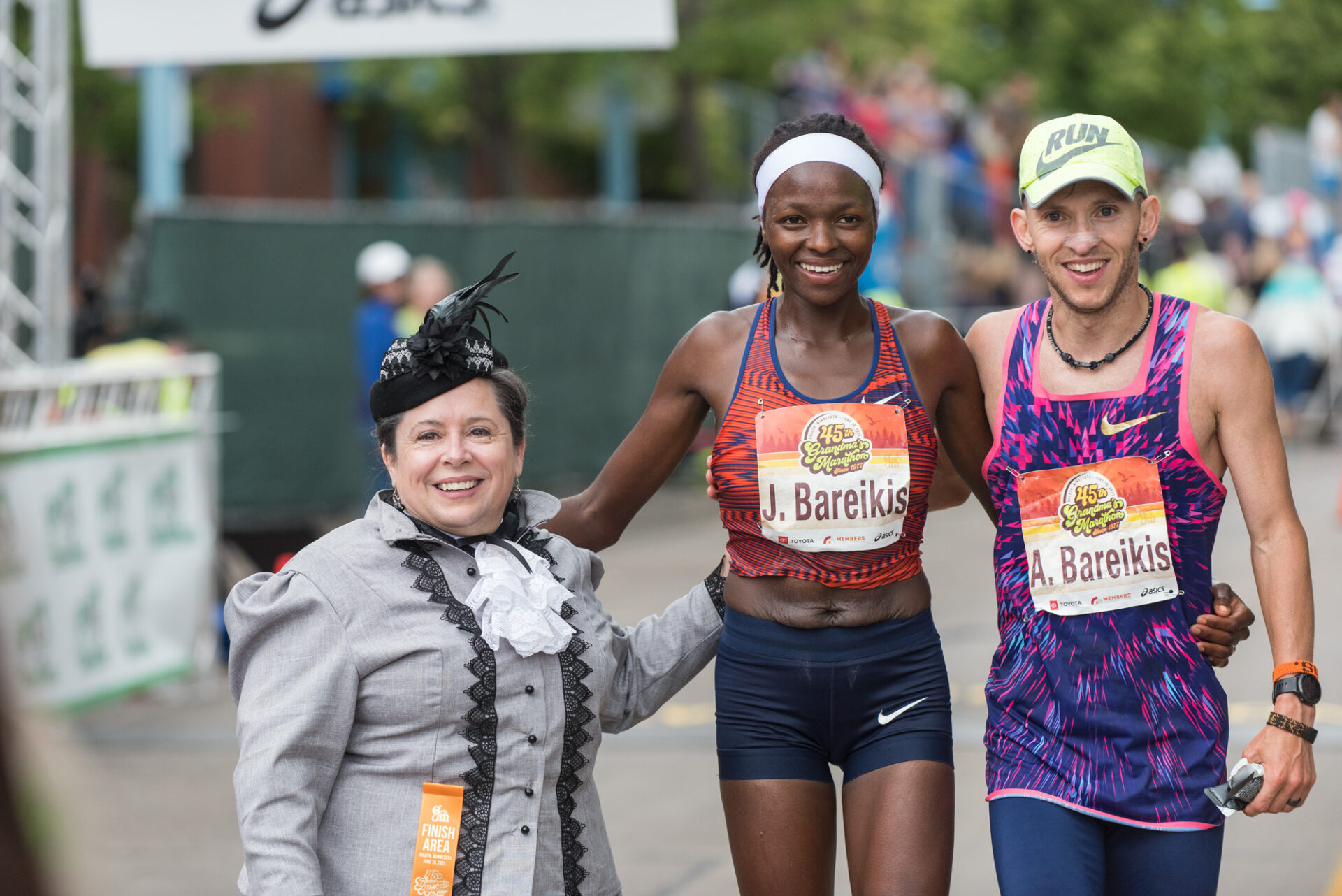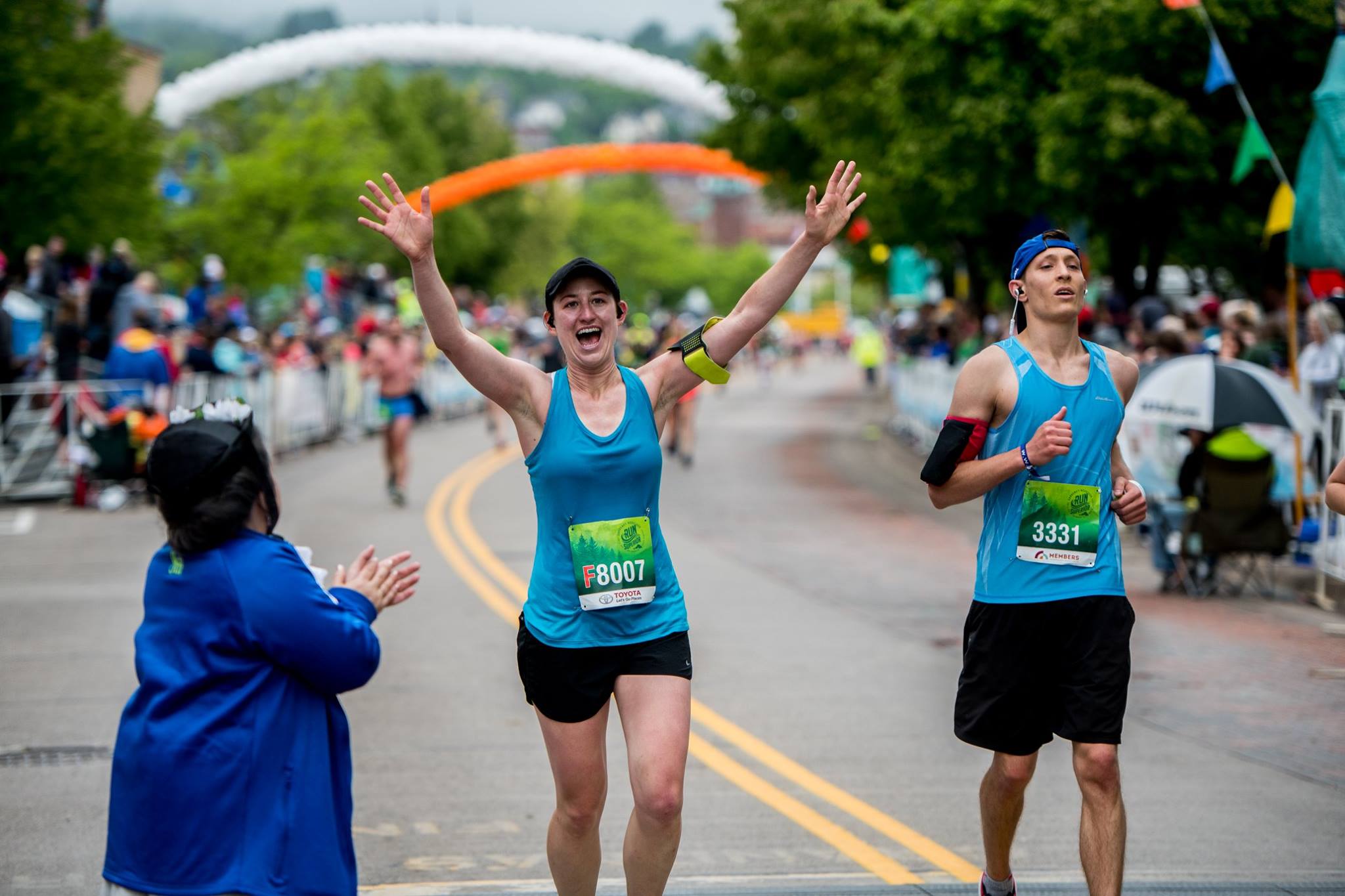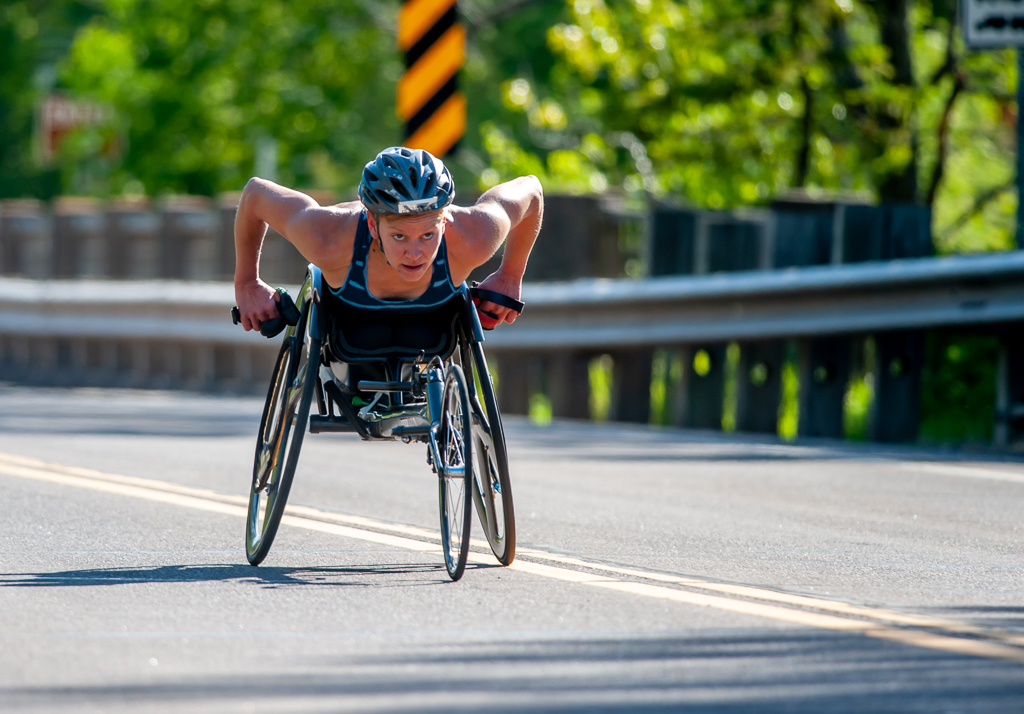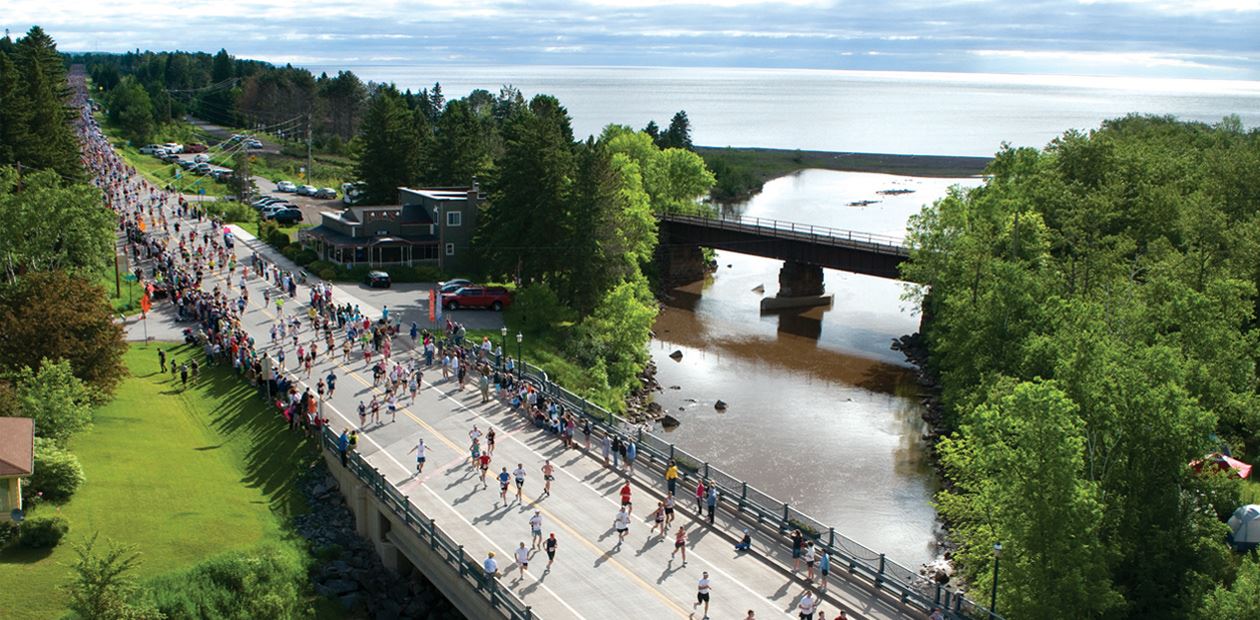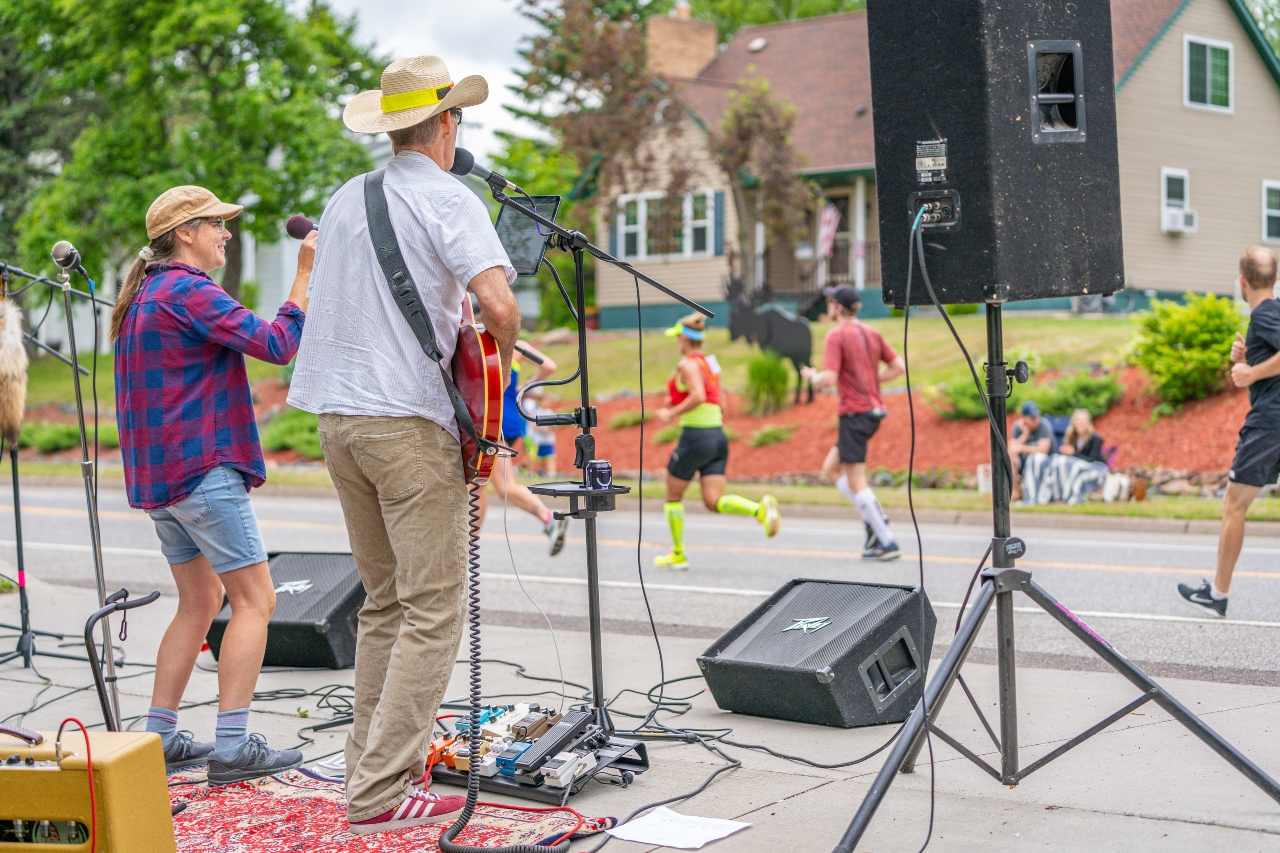Running is an empowering sport, but for deaf runners, it comes with unique challenges. Whether in training groups, races, or social media, getting noticed isn’t always easy. Unlike other athletes, deaf runners rely entirely on visual cues rather than sound, which affects communication, safety, and overall race experience. Because deafness is often an invisible disability, many runners and race organizers don’t realize the additional barriers deaf athletes face unless they are explicitly told.
It’s also important to recognize that deafness exists on a spectrum—some deaf runners have no hearing at all, while others might have partial hearing or use assistive devices like hearing aids or cochlear implants. However, regardless of their level of hearing, deaf runners still face unique obstacles that require extra awareness and adaptability. While most deaf individuals use American Sign Language (ASL), they often do not use it with the general public due to a lack of exposure. Instead, many rely on lip reading, gestures, or asking others to type on their phone for communication
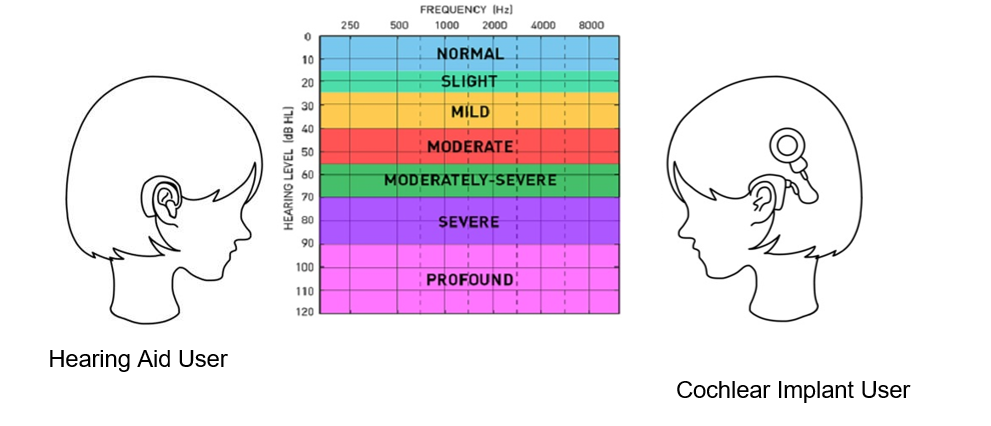
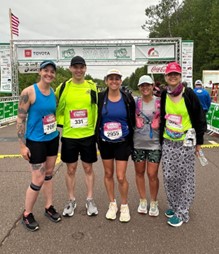
Deaf Runners Participated in Grandma’s Marathon 2024
The Struggles of Getting Noticed as a Deaf Runner
One of the biggest struggles deaf runners face is the lack of recognition. Since hearing loss isn’t physically visible, others might not know that a runner is deaf unless they don’t respond to sounds or openly mention it. This can lead to miscommunication during races or training, such as:
- Missing verbal race announcements or last-minute course changes
- Not hearing other runners passing from behind
- Difficulty engaging with spectators or pacers who cheer or give instructions
Because deaf runners rely on visual cues, they are constantly scanning their surroundings to stay aware of traffic, fellow runners, and course markers.

Marathon signs, helps to know where to go

Orange Cones for Visual Safety (circled in red)
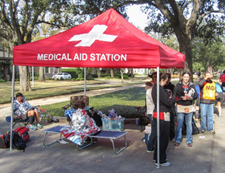
Medical Station, Tent is Visible
Unlike hearing runners, who can rely on sounds for warnings or instructions, deaf runners must be extra vigilant while running—they are always looking ahead for bikes, turns, or hazards (while in training or racing) that others might simply hear.
The lack of recognition also means that race organizers might not provide proper accommodations, making it harder for deaf runners to fully participate. For example, most races use an auditory starting signal, like a gunshot or verbal countdown, without offering a visual alternative such as a flag wave. Without this, deaf runners may not realize when the race has officially started, putting them at a disadvantage but to rely on hearing runners.
Additionally, important race-day announcements—such as last-minute course changes, safety instructions, or pacing guidelines—are often given verbally with no text display or ASL interpreter at the starting area. This can leave deaf runners uninformed and unprepared, forcing them to rely on visual cues and asking other hearing runners for critical information.
By implementing simple accessibility measures, like providing visual start cues and ensuring that pre-race instructions are accessible (through written handouts, screens, or interpreters at the starting line), races can become more inclusive for deaf athletes.
Bonus: The Grandma’s Marathon course in Duluth, Minnesota, uses large, helium-filled balloons as mile markers, with yellow for the marathon and teal for the half marathon, making them easily visible from afar. The balloons are designed to be visible from a distance, providing runners with a clear visual cue of their progress. Talk about being visually friendly!
You can check out their YouTube channel, The Grandma’s Marathon Course, where you can see balloons, knowing you are about to hit a mile as you approach.
Course Tour — Grandma’s Marathon
Double Bonus: Grandma’s Marathon provided an American Sign Language (ASL) interpreter at the start line in 2024!

Here are a few examples of Visual Cues at Grandma’s Marathon Deaf Runners can see:
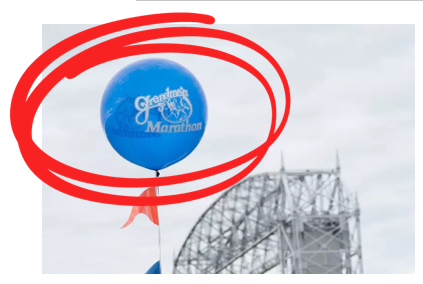
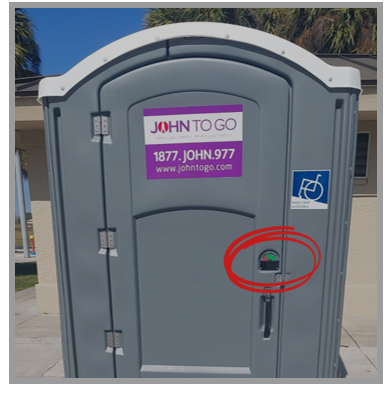
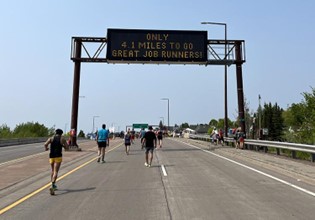
How to Get Noticed as a Deaf Runner
1. Wear Clear Identifiers
To make it easier for others to recognize you as a deaf runner, consider wearing:
- A race bib that says “DEAF RUNNER” placed on their back
- A customized shirt with “Deaf Athlete” written on it
- A customized shirt with a “Deaf Sign Symbol”
This helps race organizers, pacers, and fellow runners understand the needs of deaf runners, making communication easier for everyone involved in the race.
For a deaf runner, having a “Deaf Runner” bib is important because it informs others in the race that the individual is deaf and will not hear verbal cues, such as someone calling out from behind to pass. This awareness helps hearing runners adjust their approach, making the race safer. The bib also promotes inclusivity and consideration by reducing the chances of miscommunication or unexpected collisions.


2. Rely on Social Media to Share Your Journey
Since deaf runners struggle to get noticed, using social media can help raise awareness and inspire others. Posting about your training, race-day experiences, and challenges helps educate people about what it’s like to run without sound.
Using hashtags like #DeafRunner, #InvisibleDisability, #RunningCommunity, and #InclusionInSports can connect you with other deaf athletes and increase visibility in the broader running world.
3. Connect with Other Deaf Runners
Building a community with other deaf runners is an excellent way to gain support and recognition. Look for online forums, social media groups, and or local running clubs that welcome deaf runners and ASL Signers in mind. Participating in running events that promote accessibility can also help you, as a Deaf Runner, connect with others who understand your experiences. Having a strong network of deaf runners provides encouragement, advice, and a sense of belonging, making a big difference in your running journey.
4. Advocate for Accessibility in Races
Most races are designed with hearing runners in mind. If a race doesn’t offer visual starting cues, sign language interpreters, or other accessibility features, don’t be afraid to speak up! Contact race organizers before the event and suggest inclusivity to make races more inclusive for deaf athletes.
5. Participate in High-Profile Races
Signing up for well-known marathons and charity runs can increase visibility. The more races you enter as a deaf runner, the more opportunities you have to showcase your skills and bring awareness to the public and runners in mind.

6. Educate Others About Deaf Runners
Many people don’t fully understand the challenges that deaf runners face, as they often operate in a world designed for hearing individuals. Whether at races, training groups, or on social media, it’s important to take the time to educate others about the unique struggles deaf runners experience. Deaf runners put in a lot of extra effort to navigate a world that isn’t always accessible to them. They may have to adjust their training methods, communicate more intentionally with others, and be highly aware of their surroundings. By sharing these experiences, we can foster understanding and create a more supportive environment for deaf runners. Educating others not only raises awareness, but it can also lead to more inclusive practices and help break down barriers in the running community.
Final Thoughts
Getting noticed as a deaf runner is more than just standing out—it’s about increasing awareness, advocating for accessibility, and proving that deaf athletes do belong in the running community. Whether by using visual identifiers, sharing on social media, or telling the stories of deaf runners, every effort you make as a hearing runner helps spread awareness and promote inclusivity in the sport. By acknowledging and supporting deaf athletes, you contribute to a more accessible and welcoming running community.
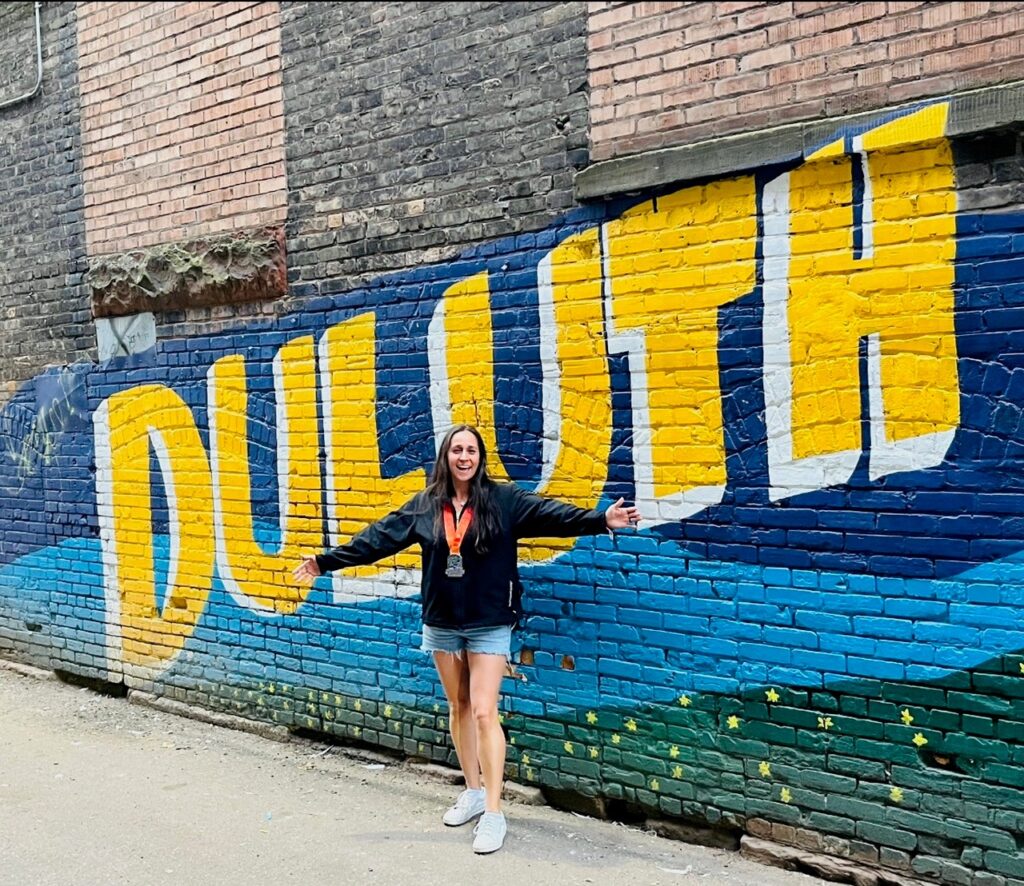
Franny Schmierer
Follow Her on: Instragram
Favorite Grandma’s Marathon Memory: I got 6 Deaf Runners to join me in the journey last June! It was fabulous and made wonderful memories that are unforgettable!
A song that must be on your running playlist: As I am a deaf runner, I do not have the capability to hear music like the others! My “music” is the views of outdoor nature.
Reason you absolutely won’t run outside: Lighting. Don’t know where the sound is coming from!
Favorite post-race beverage: Just give me a beer, all I want is to interact with friends and celebrate the moment together!
Three words to describe your training, racing, or life: Earn Your Spot.

